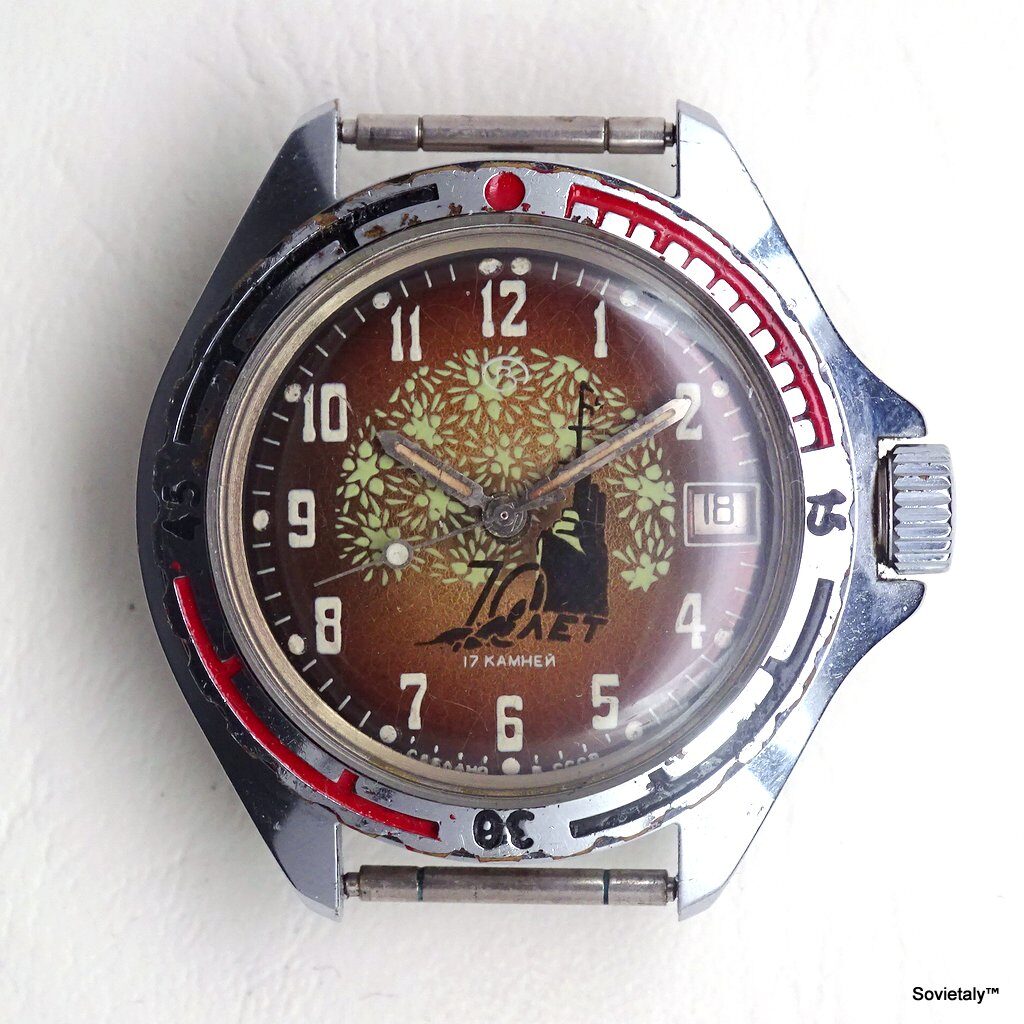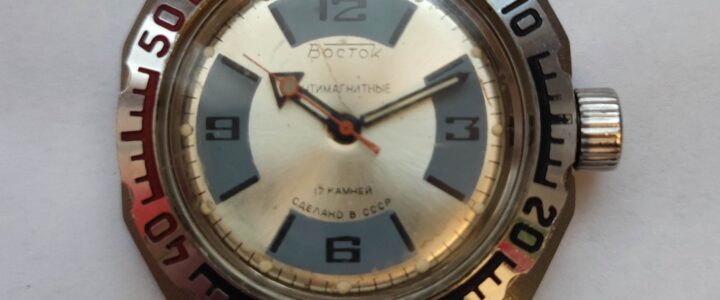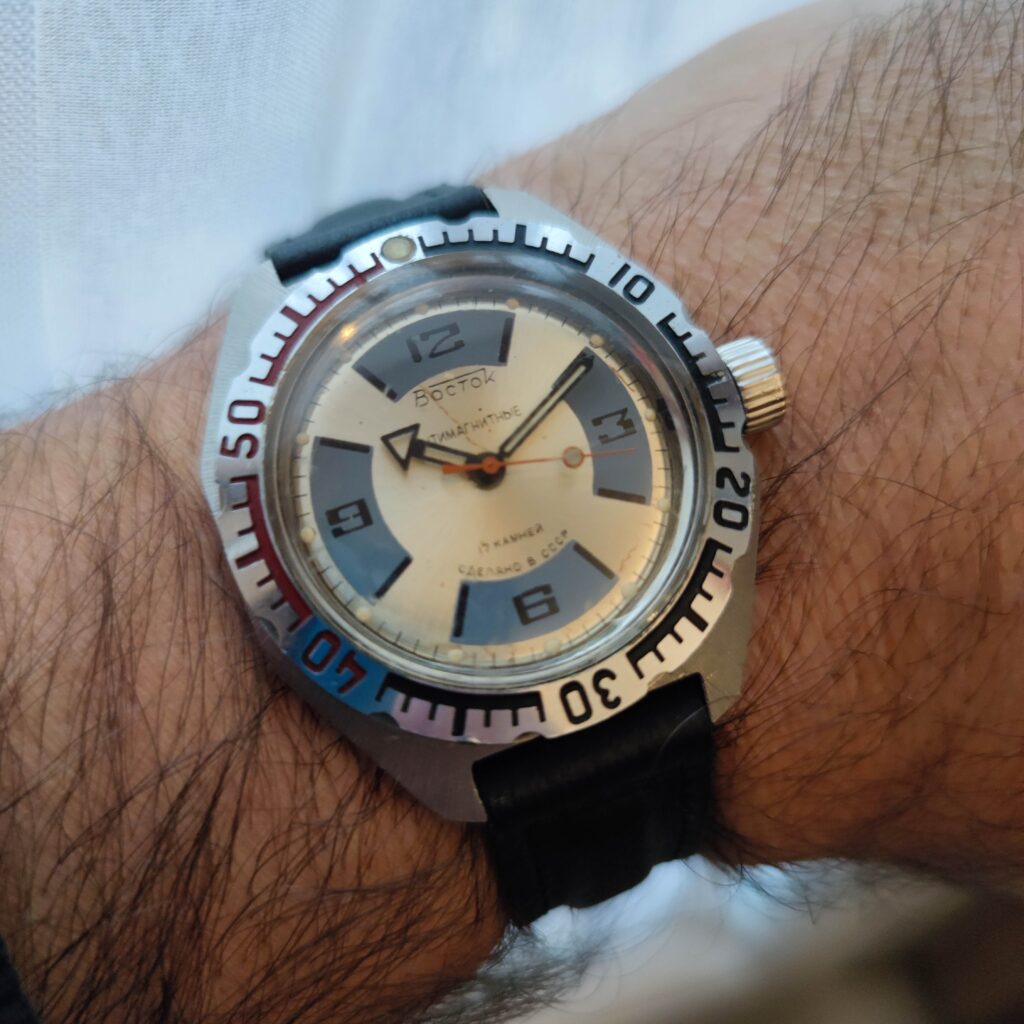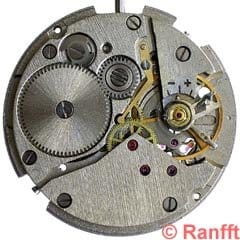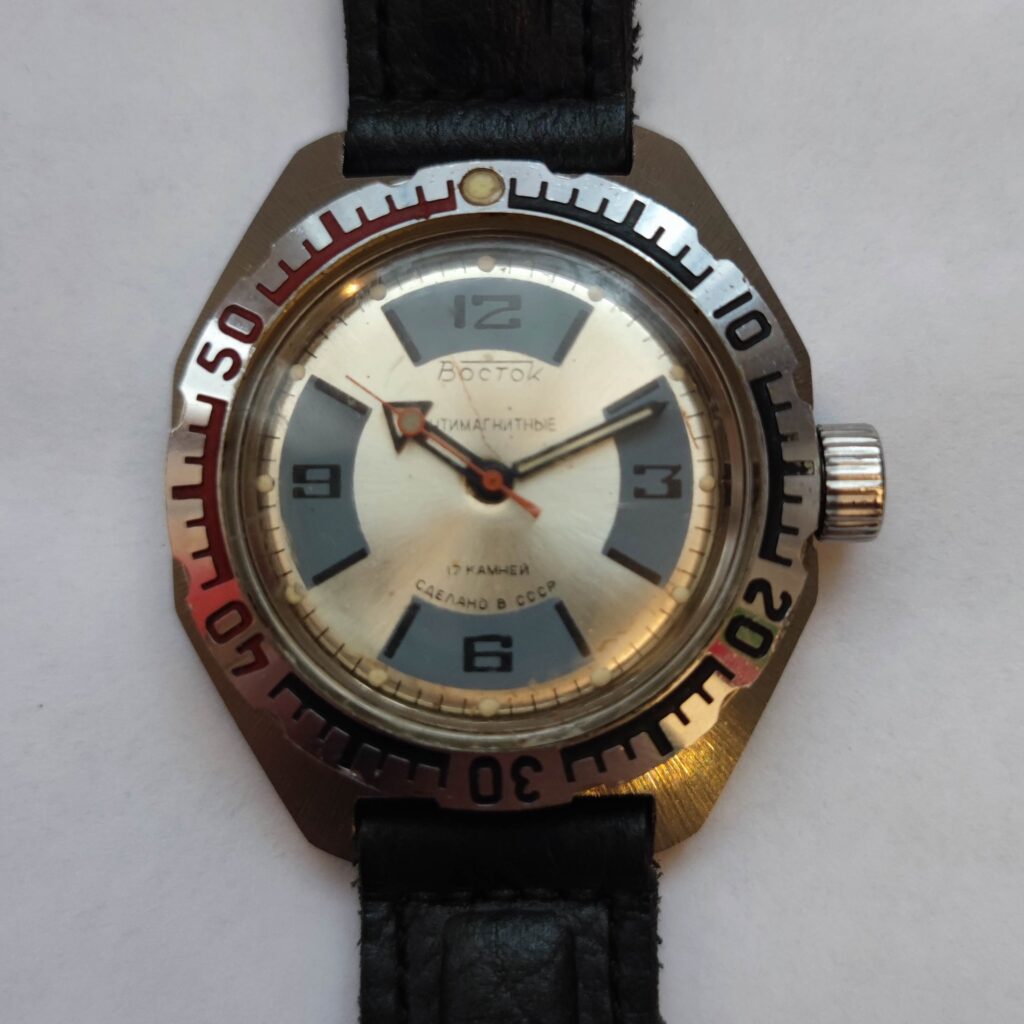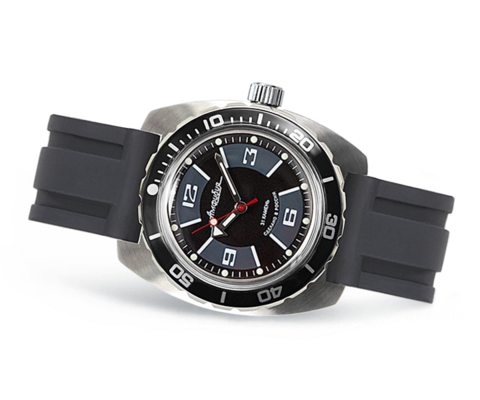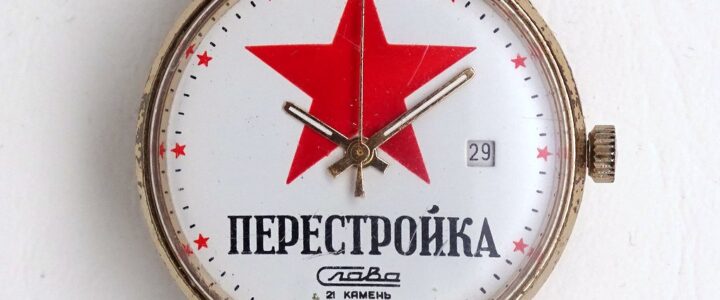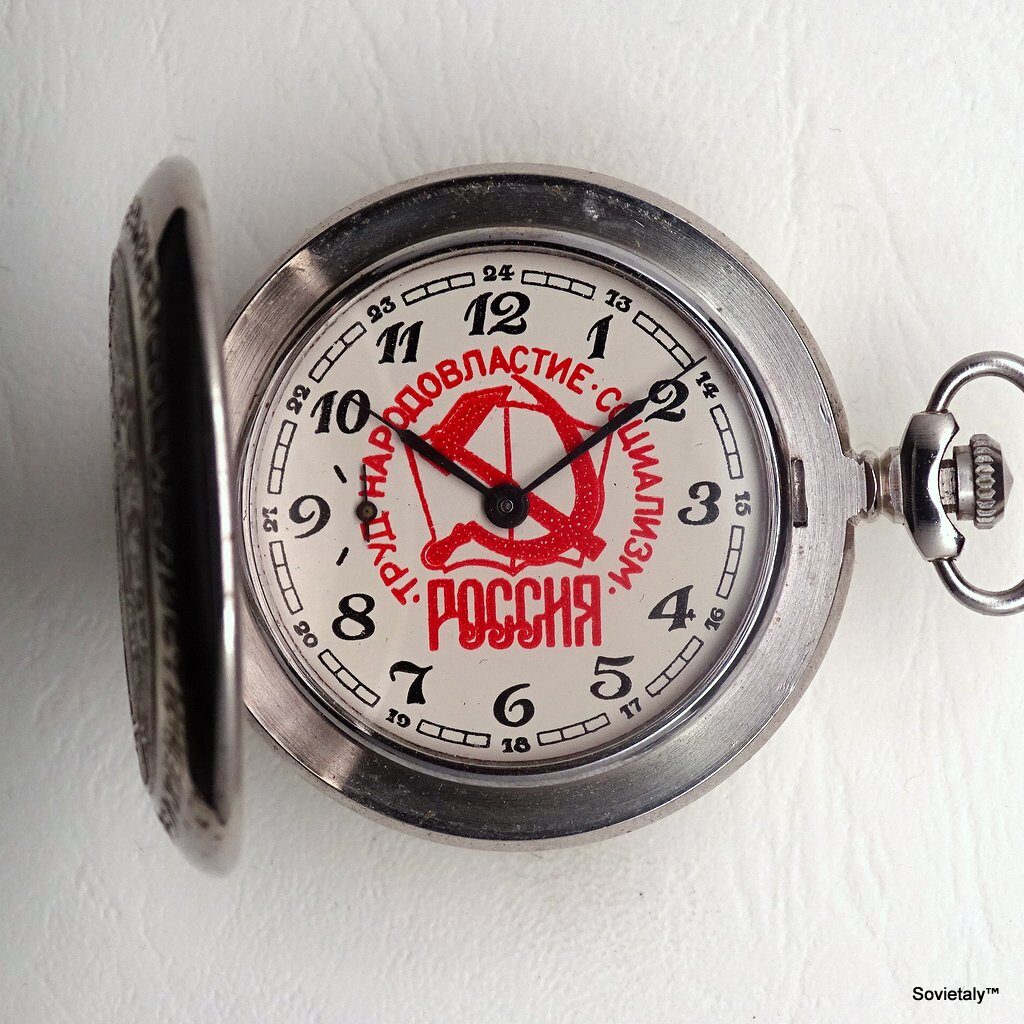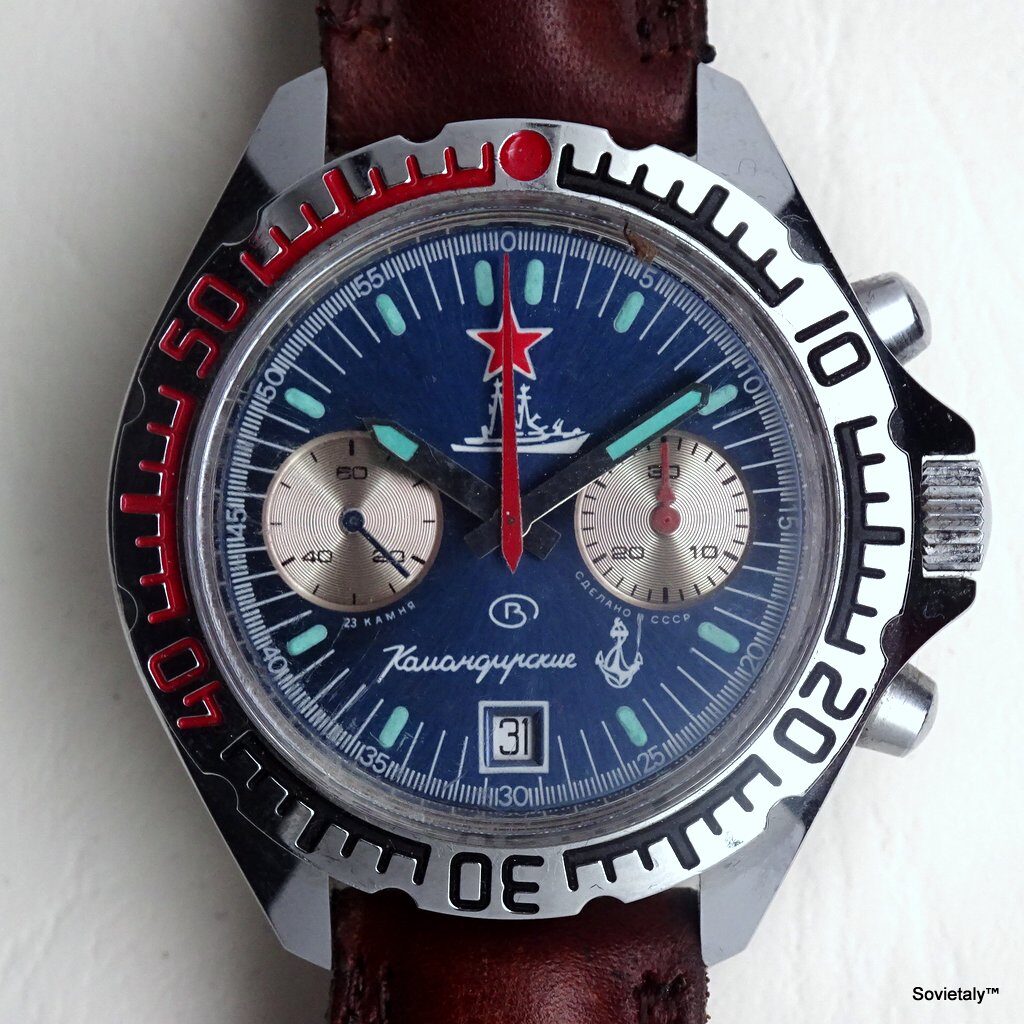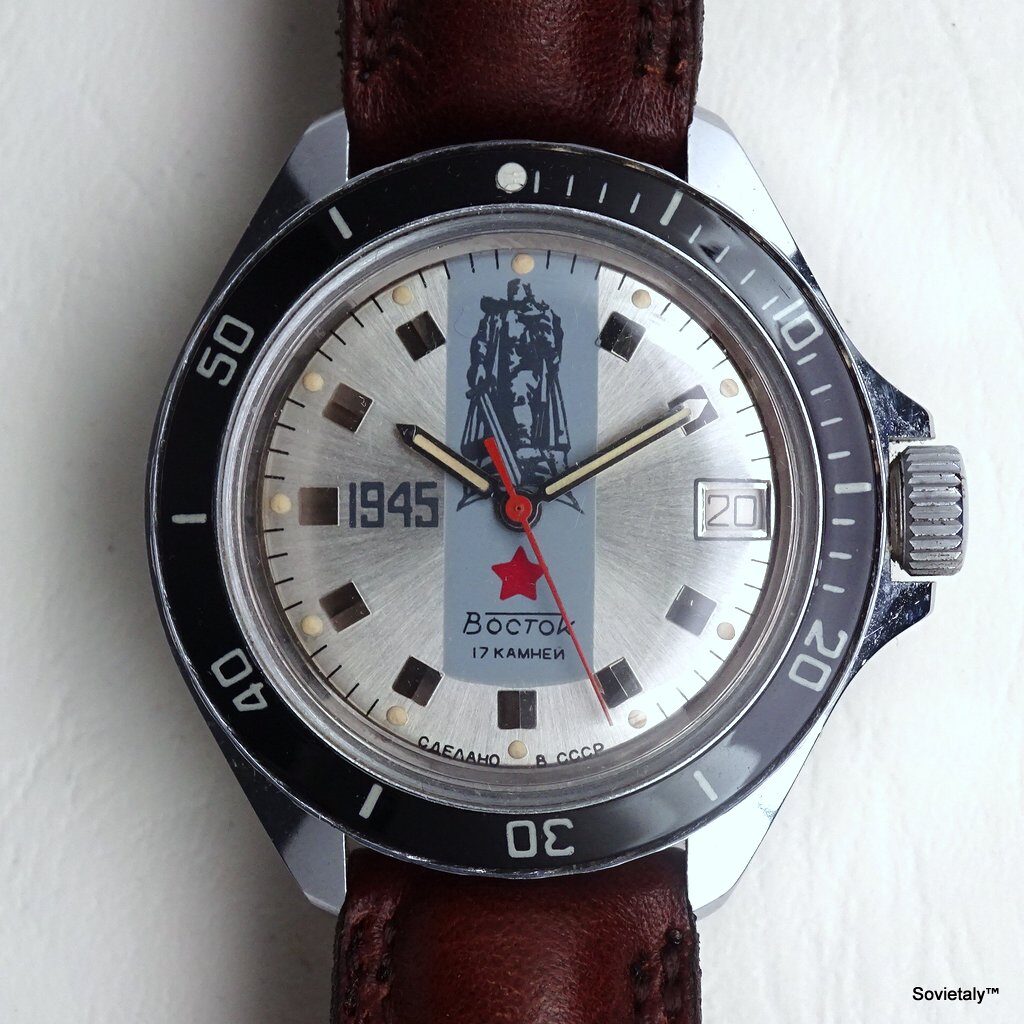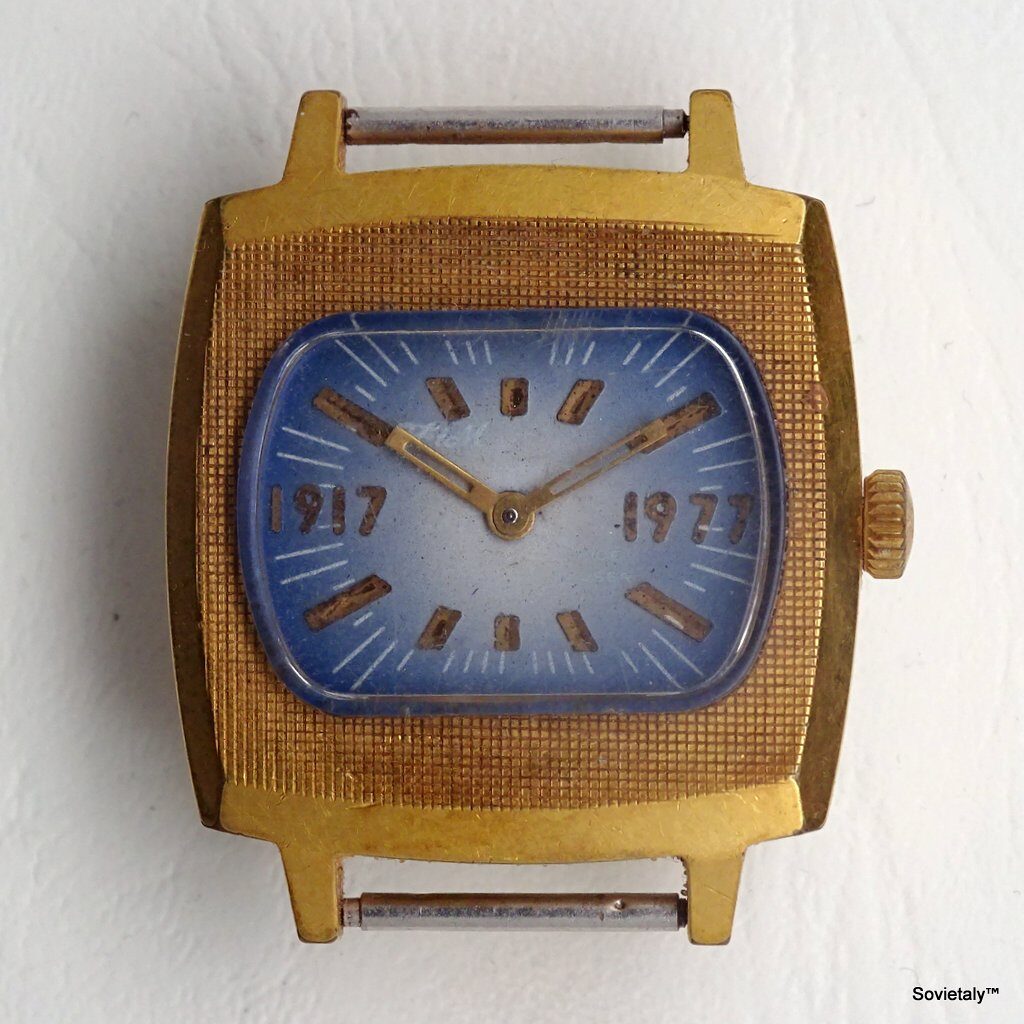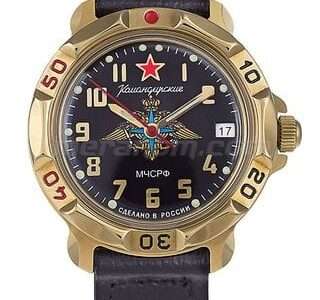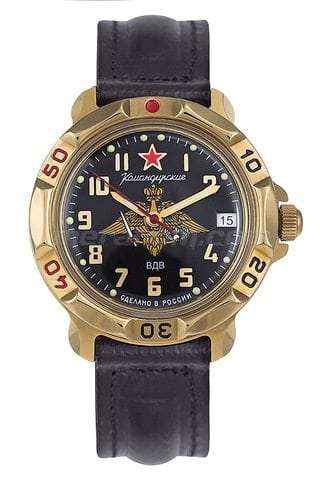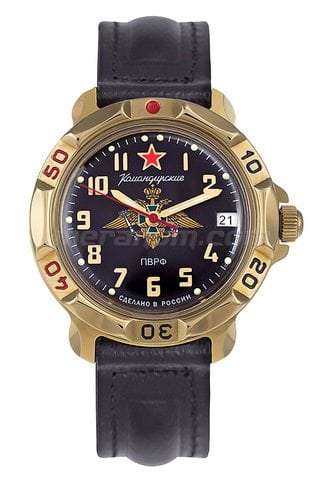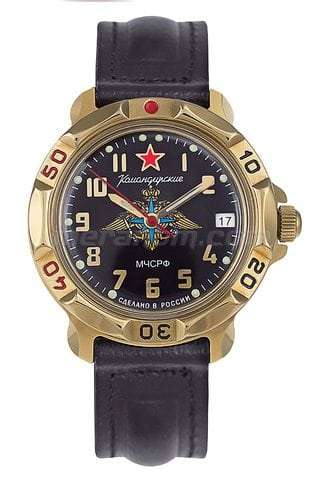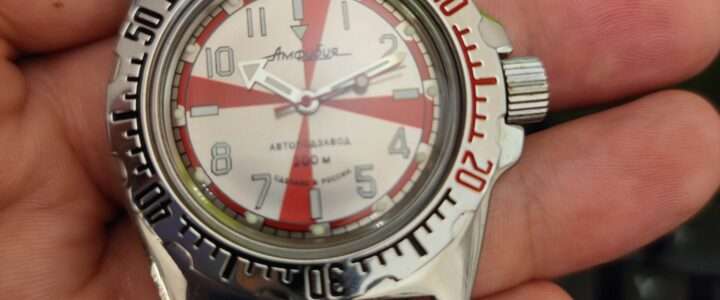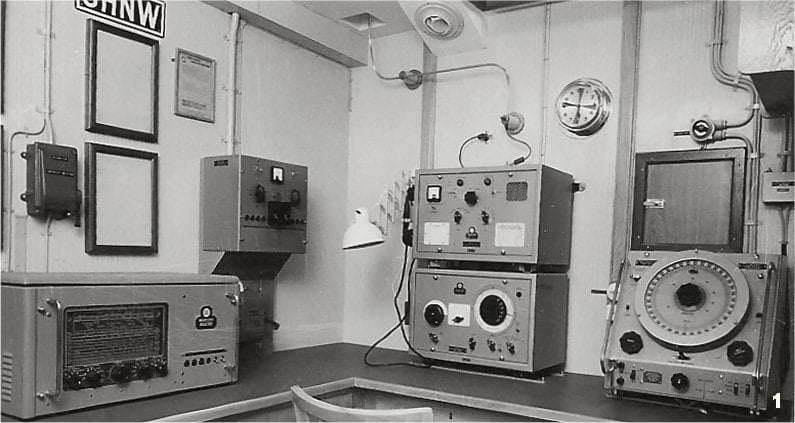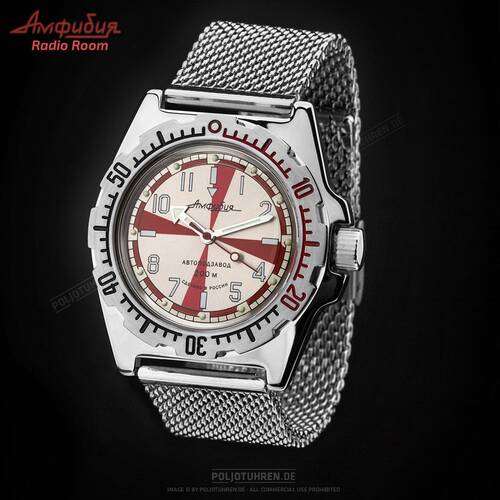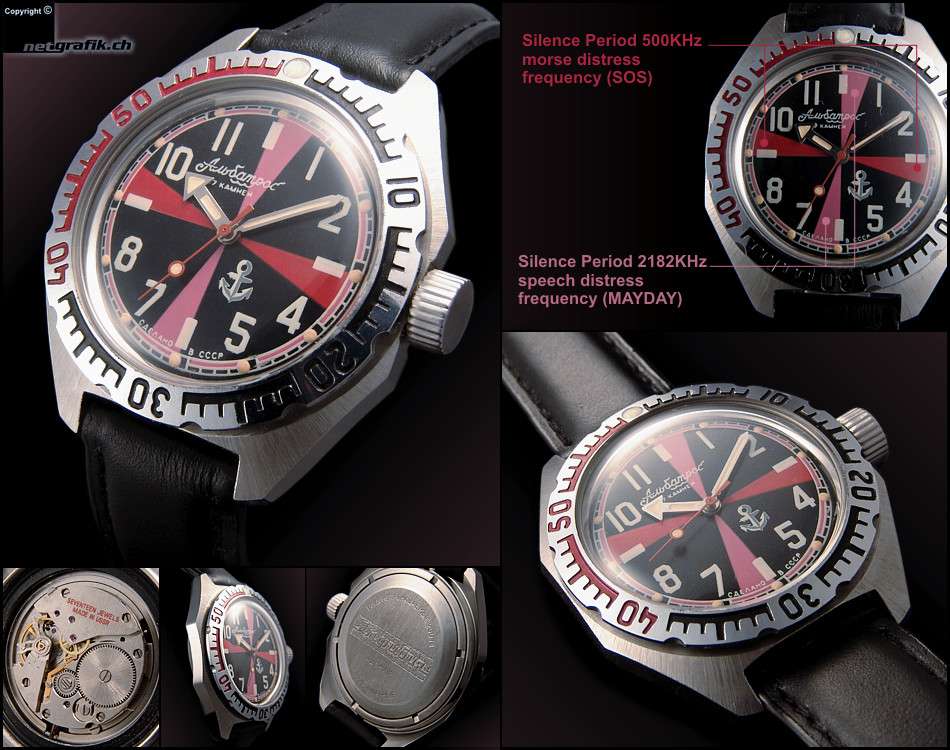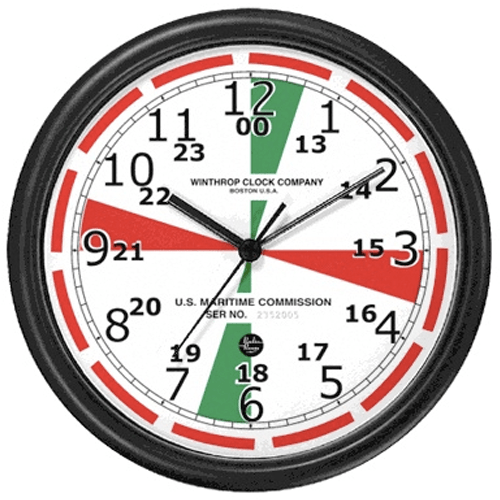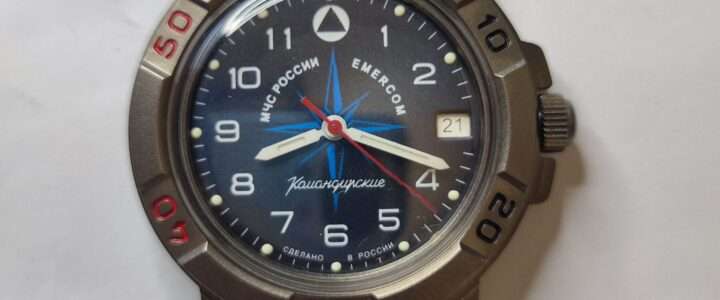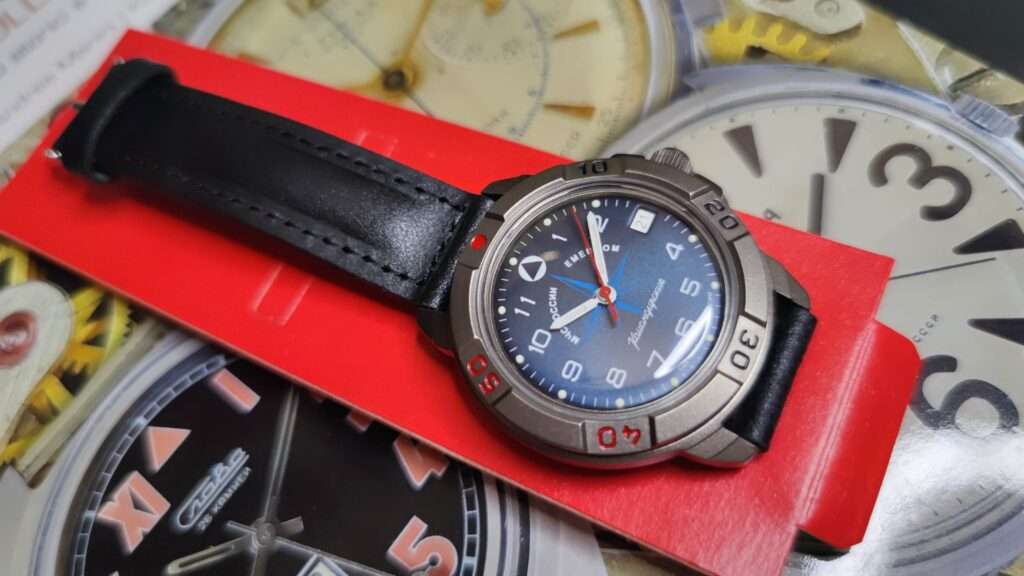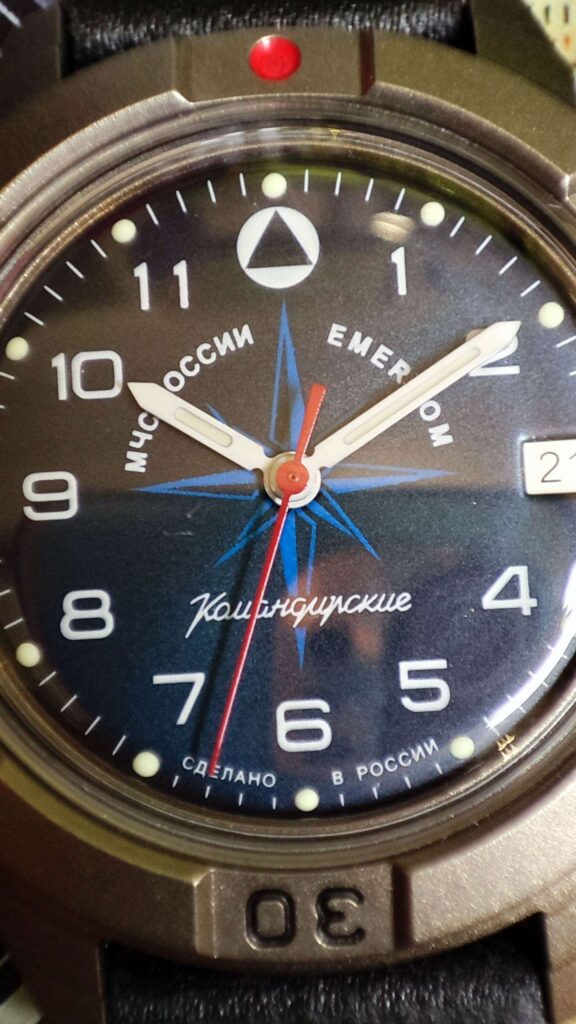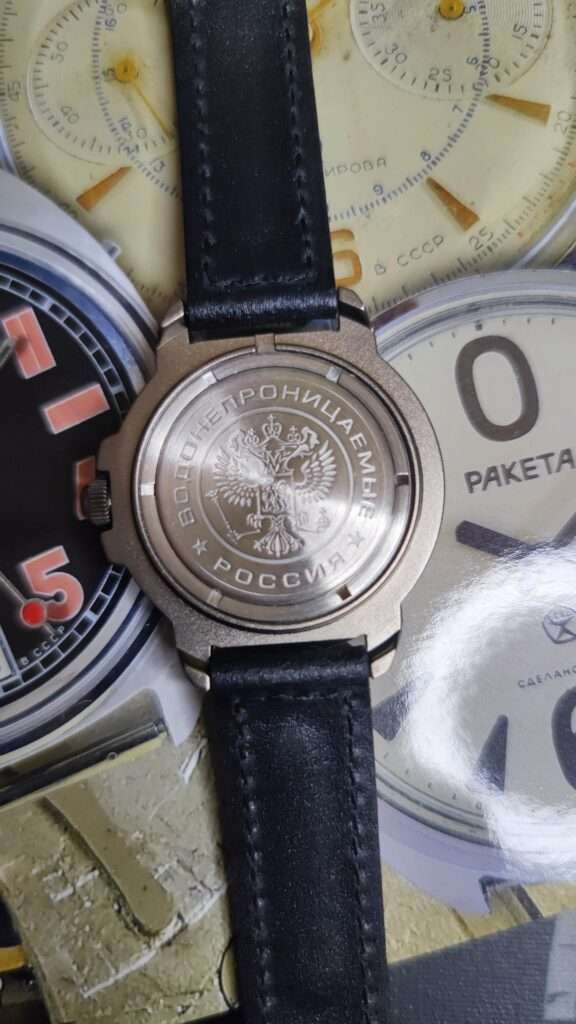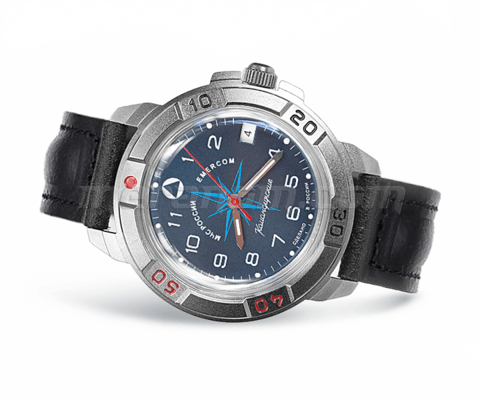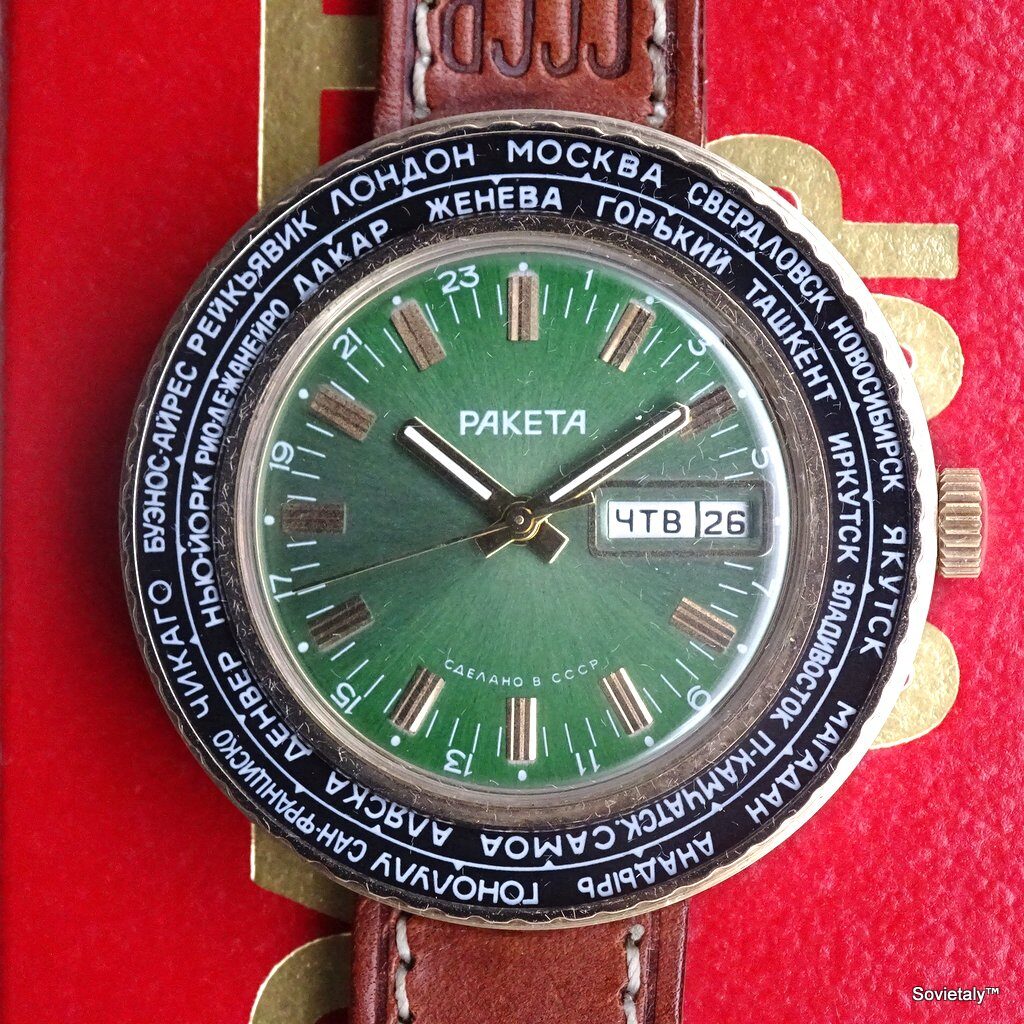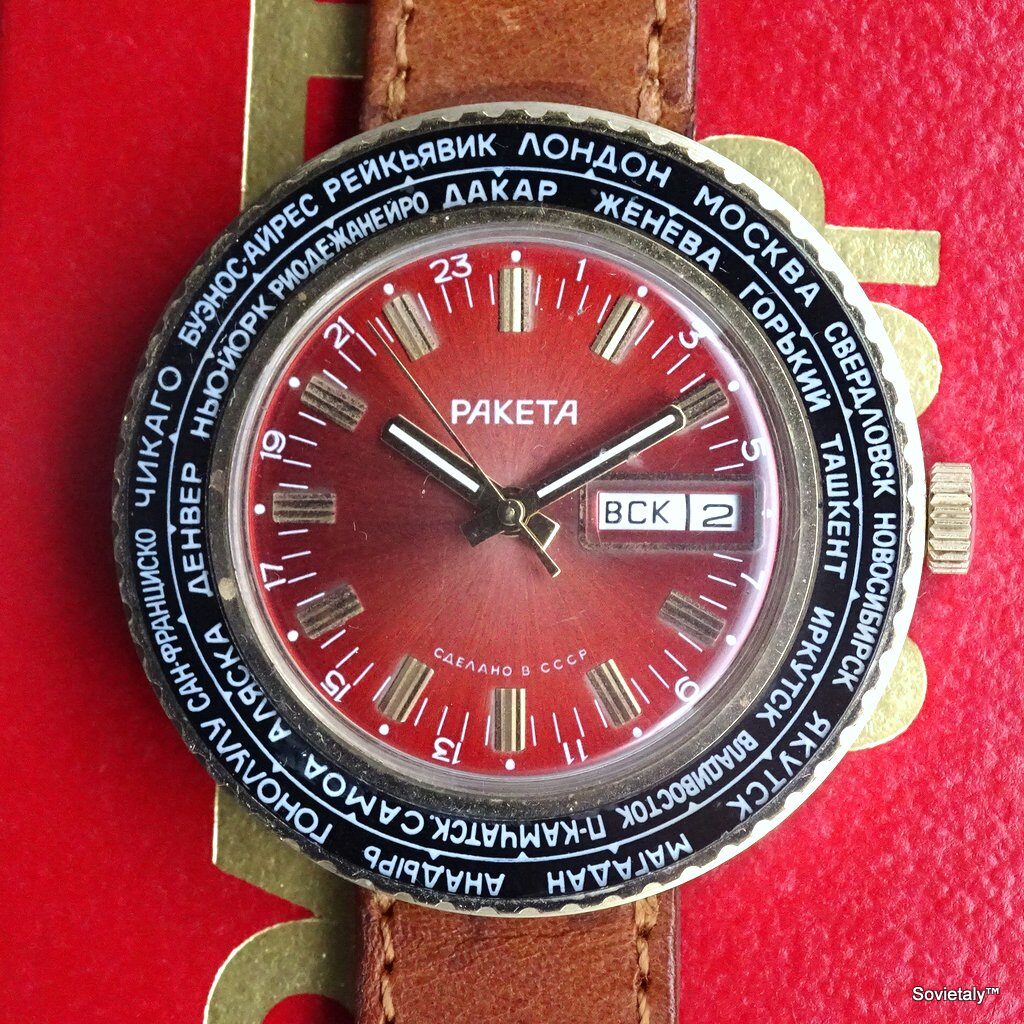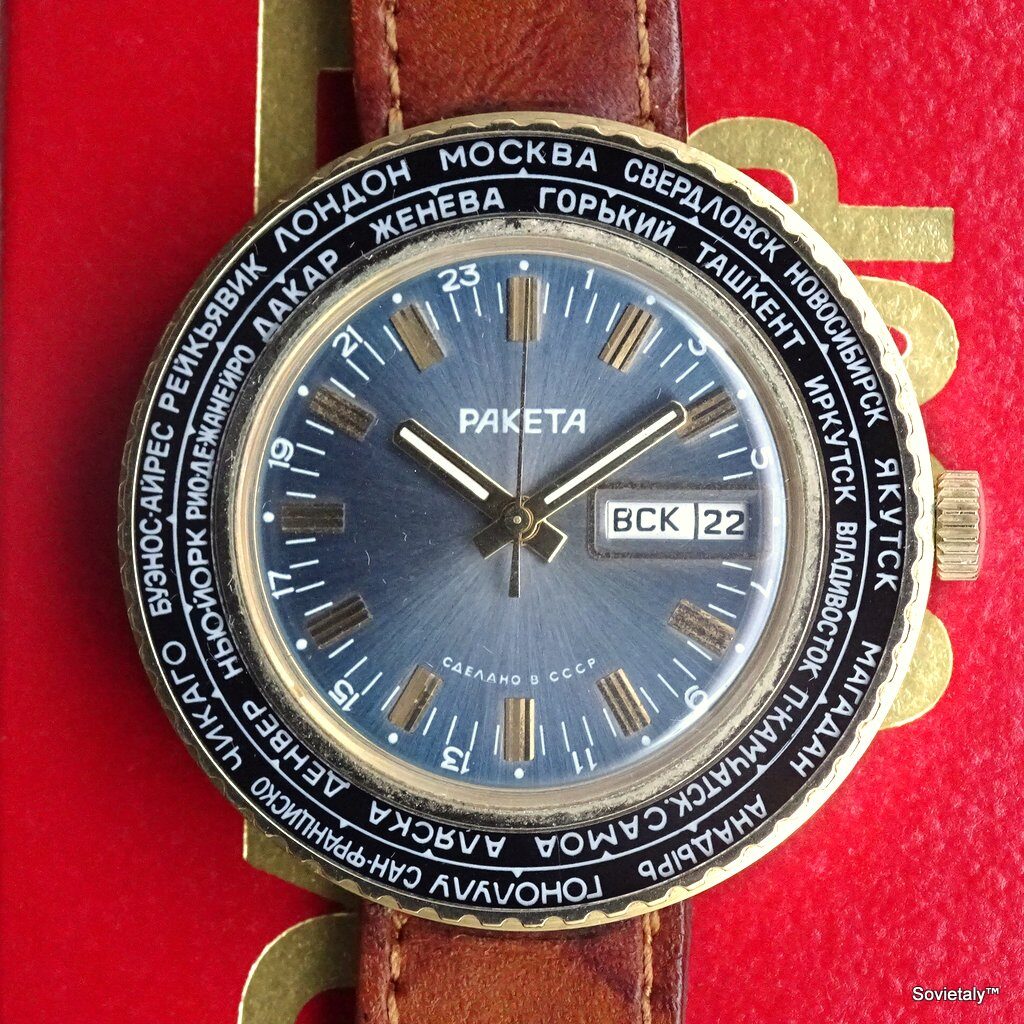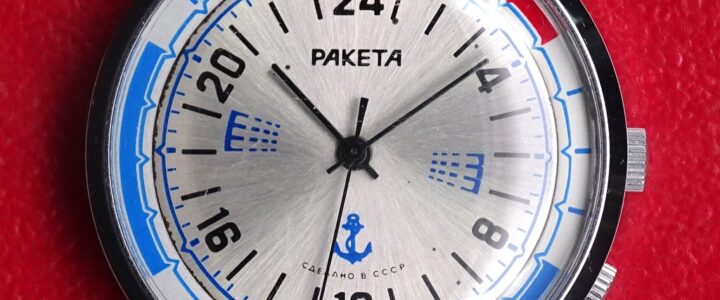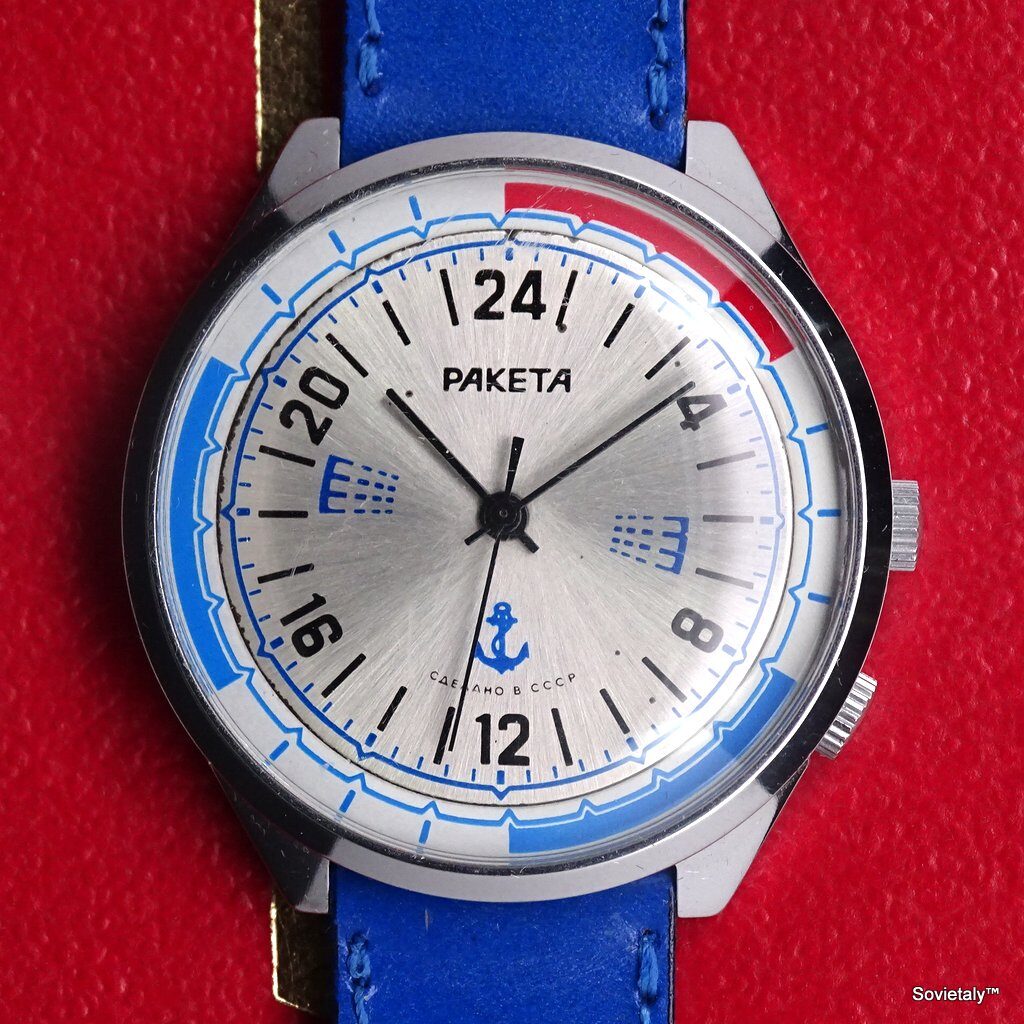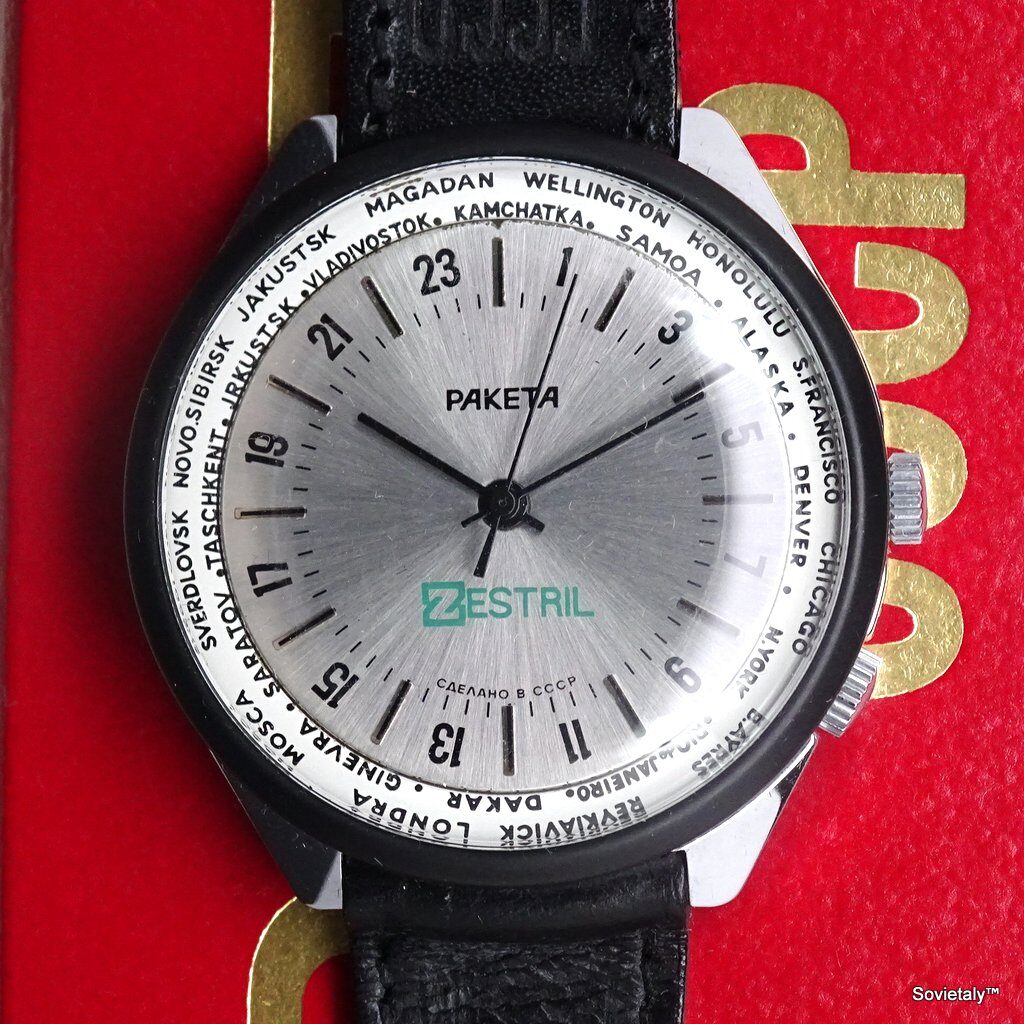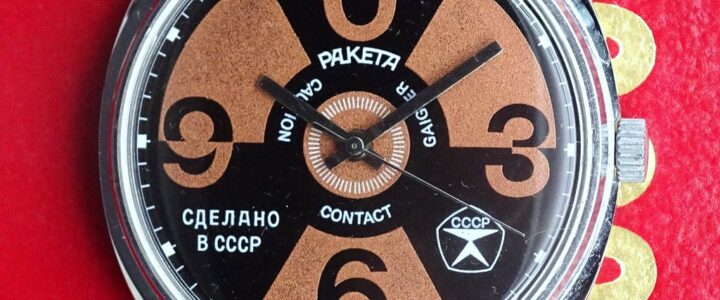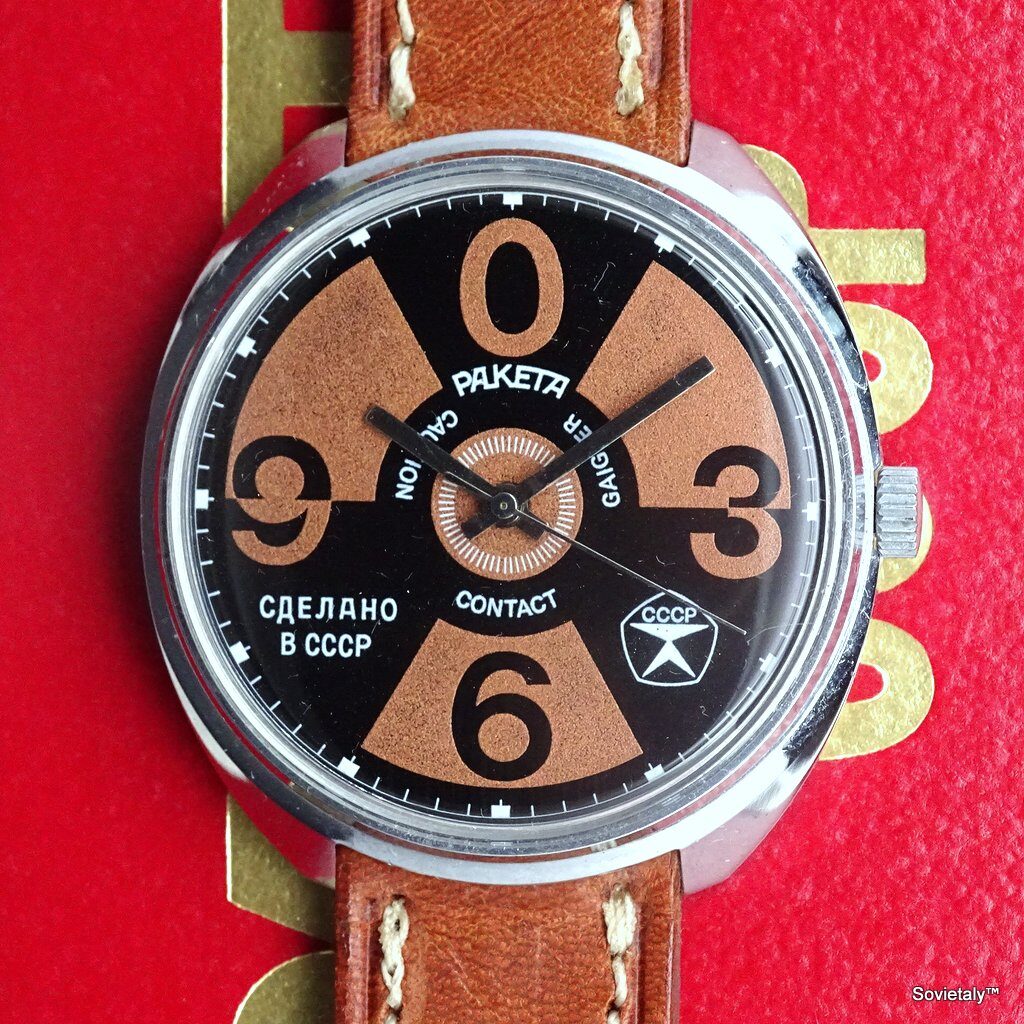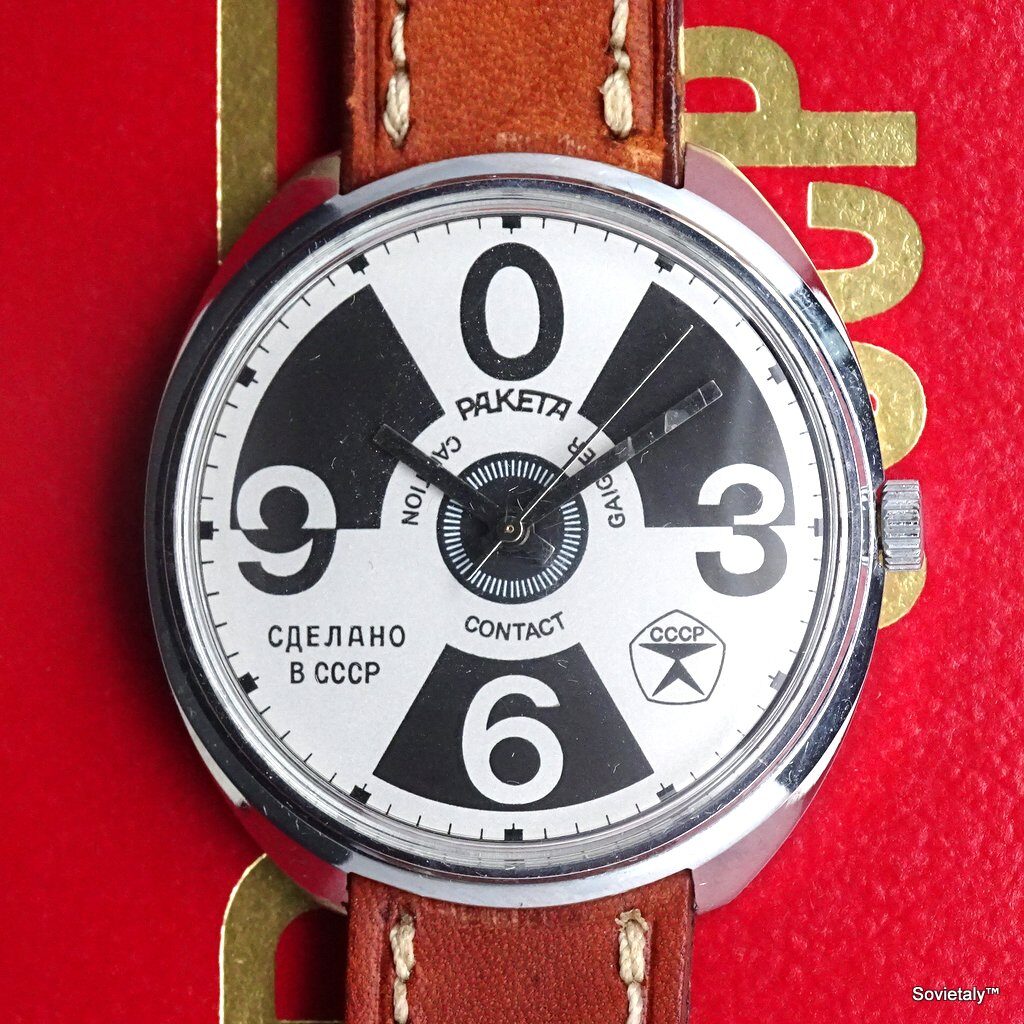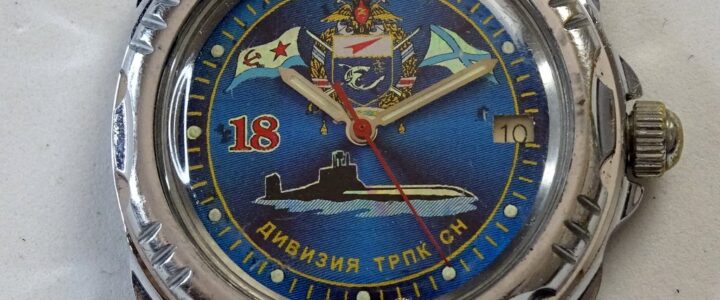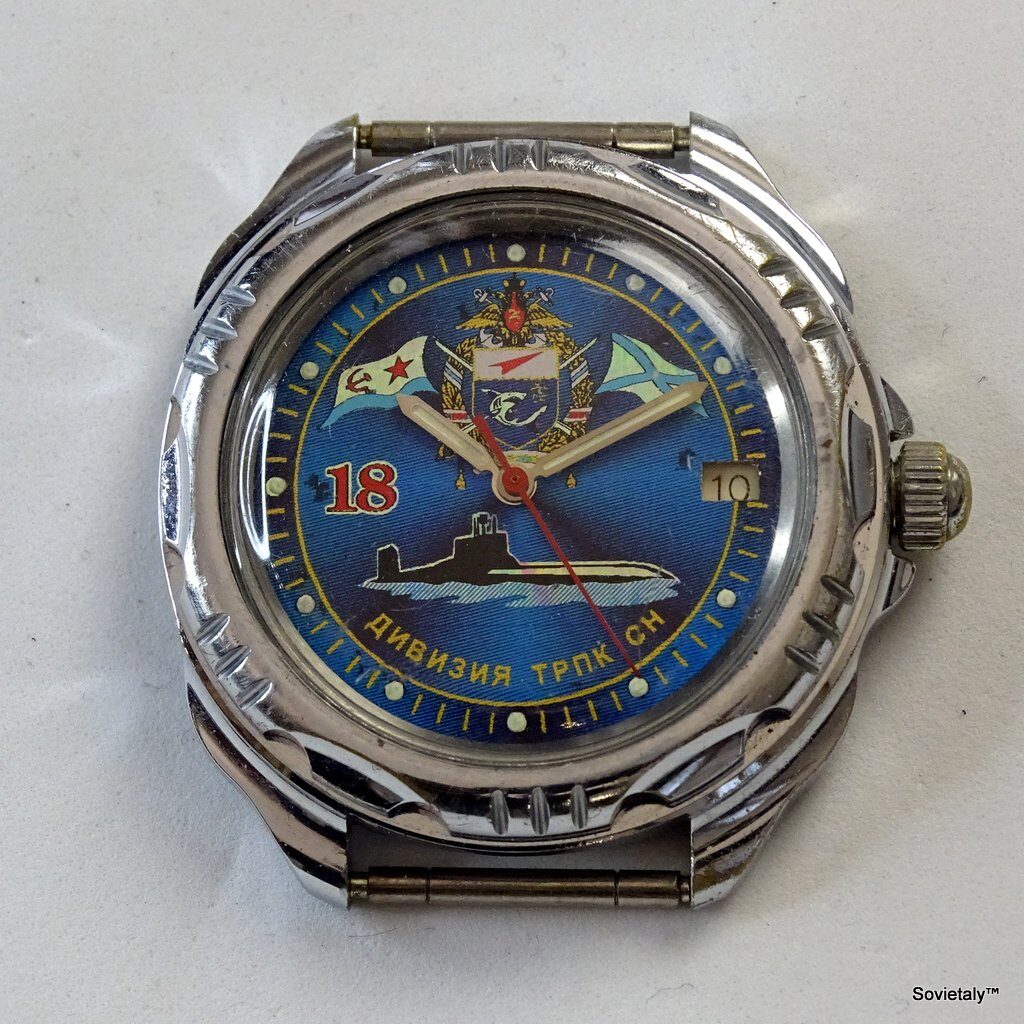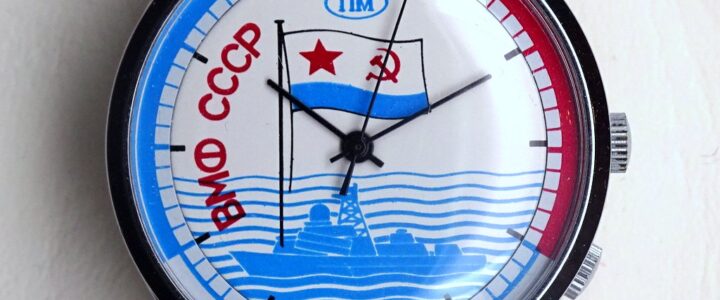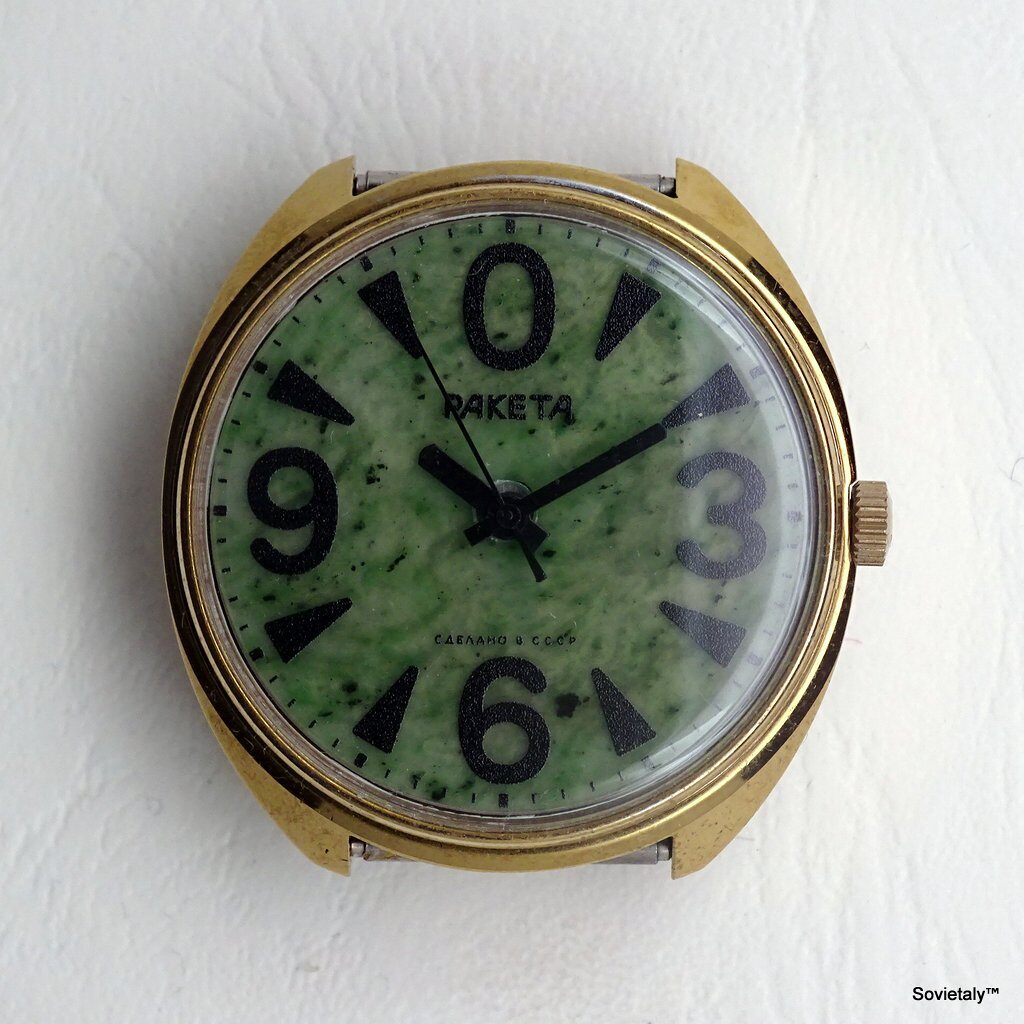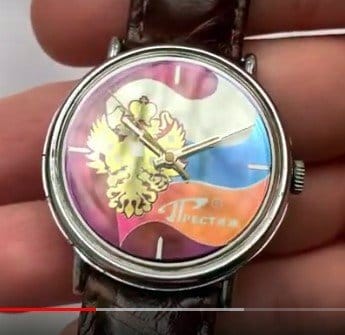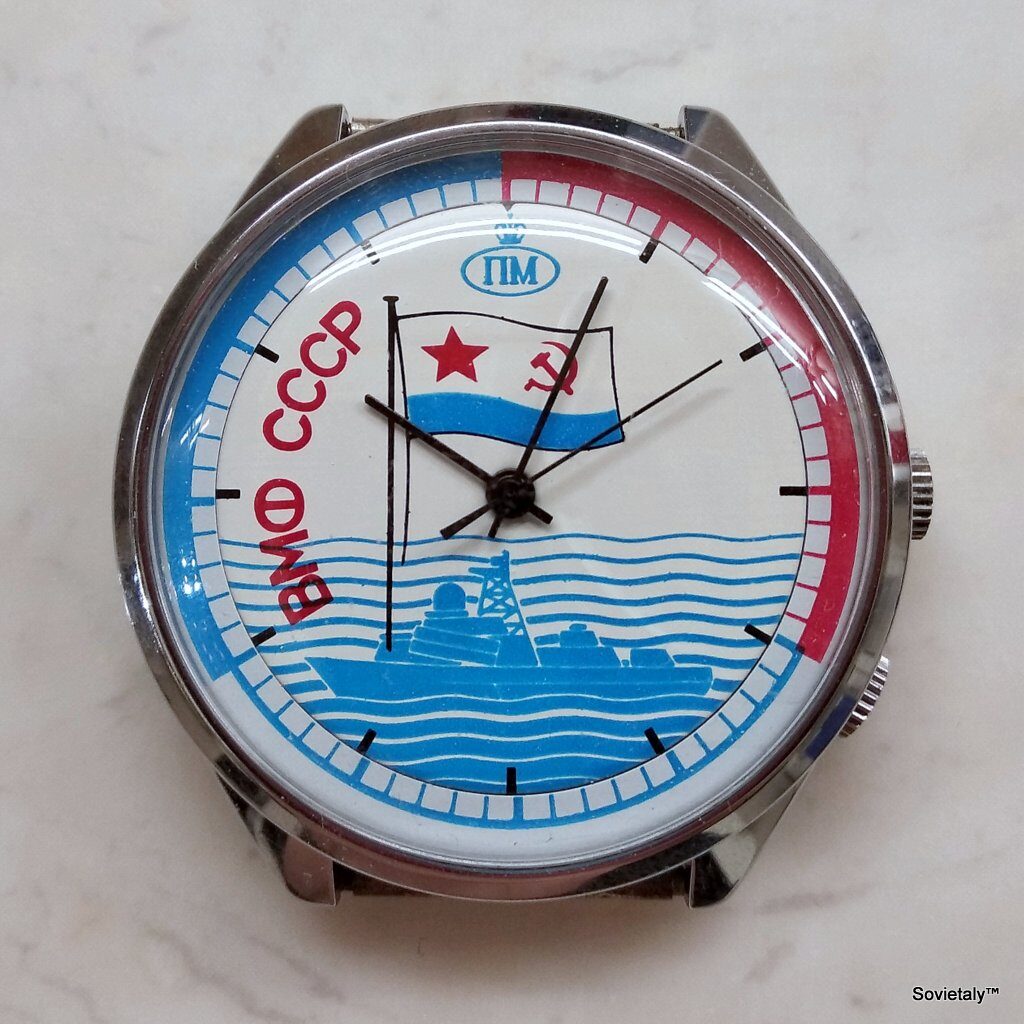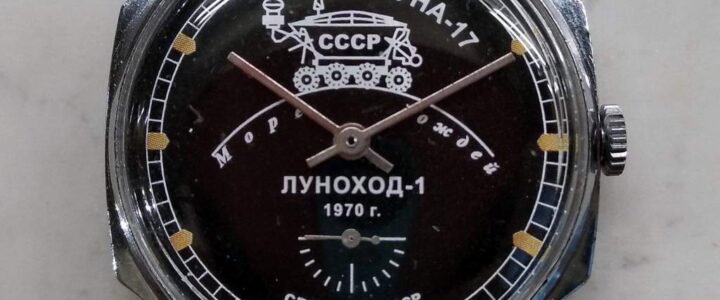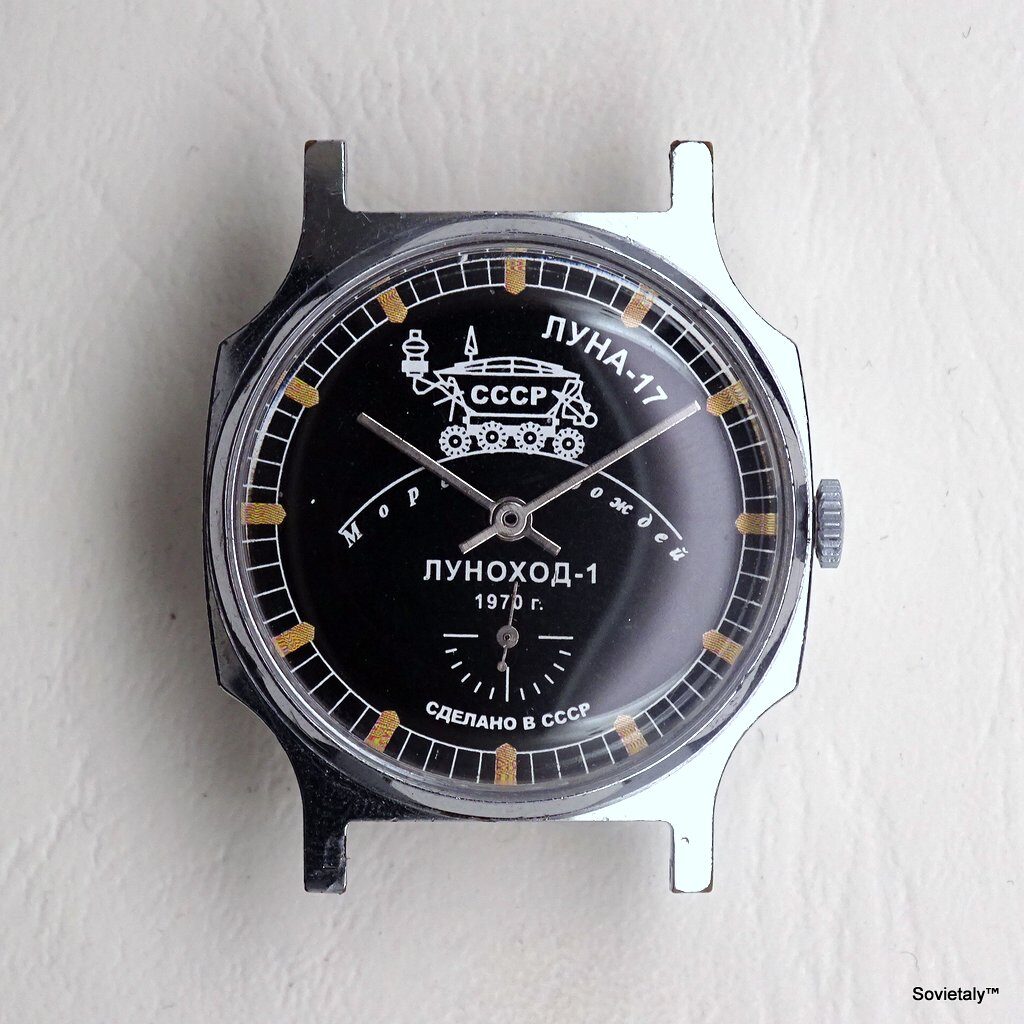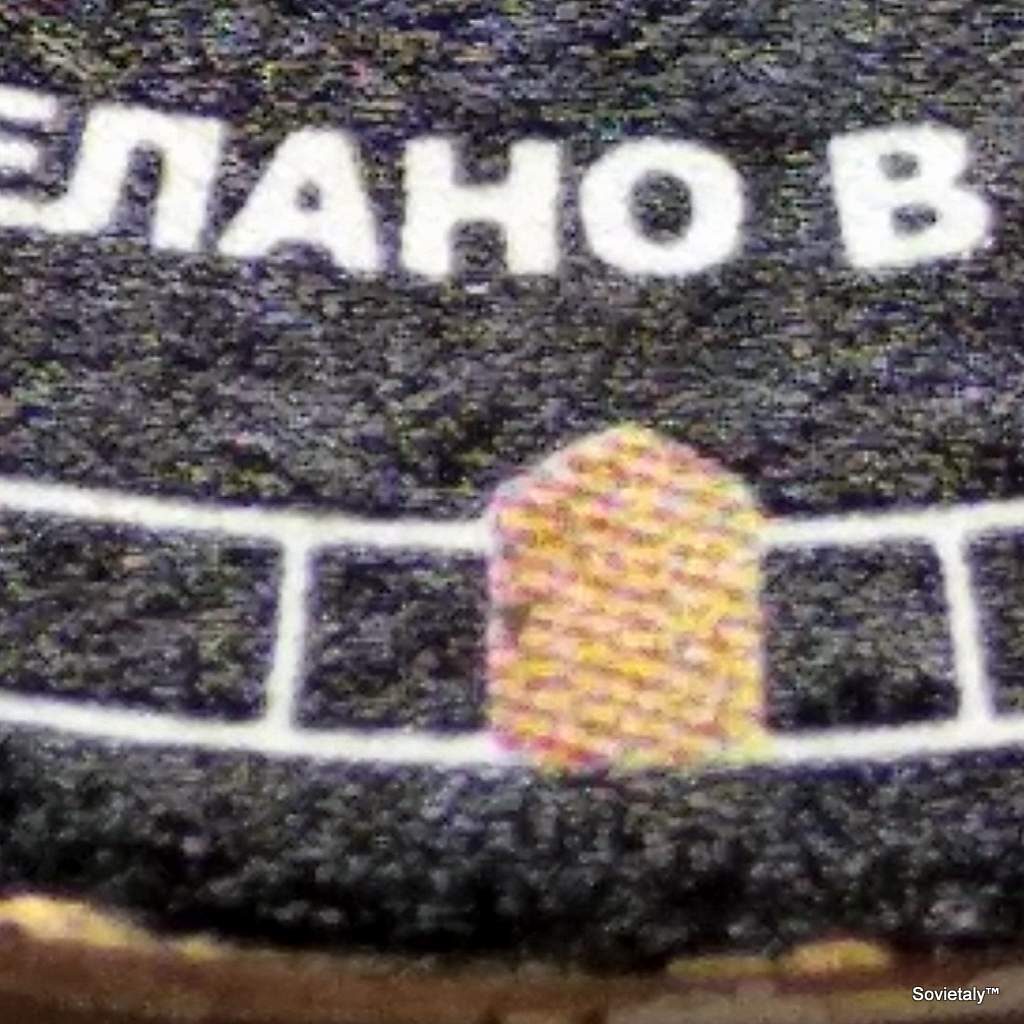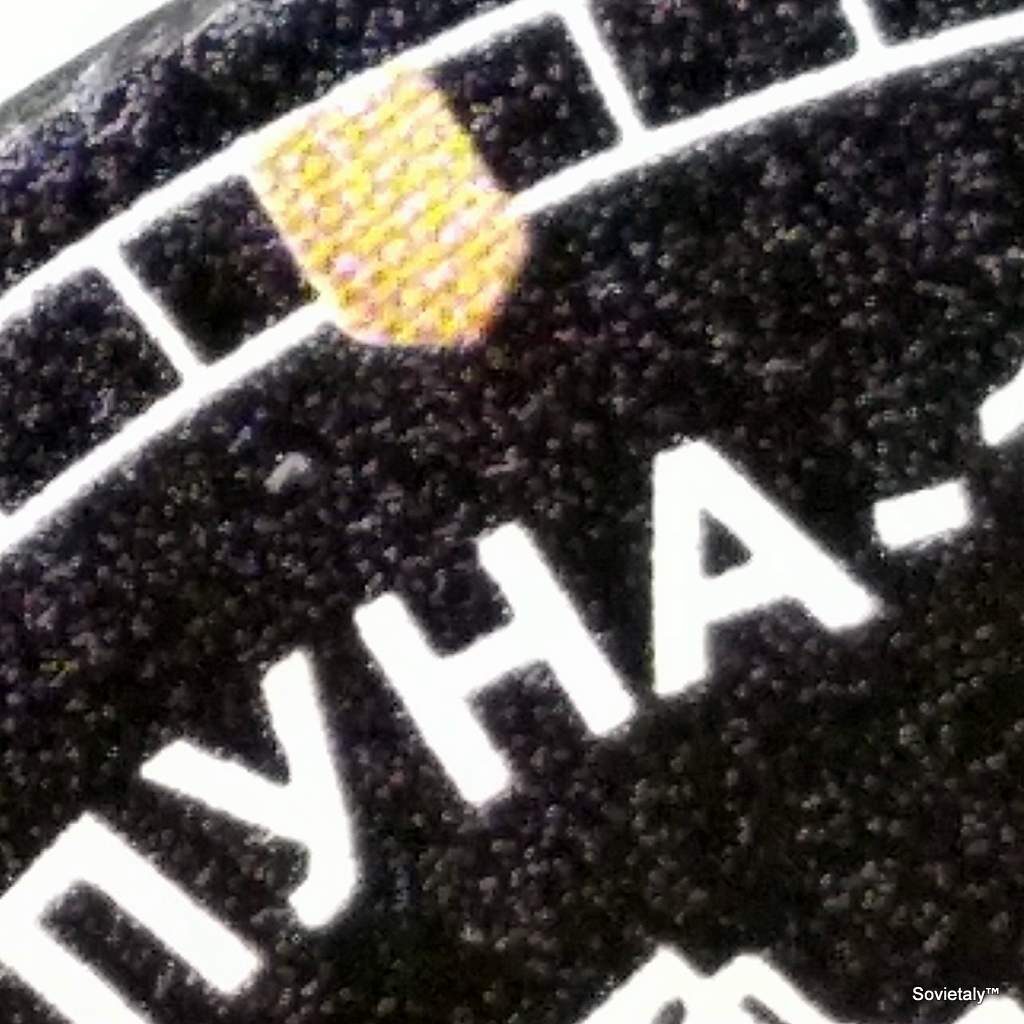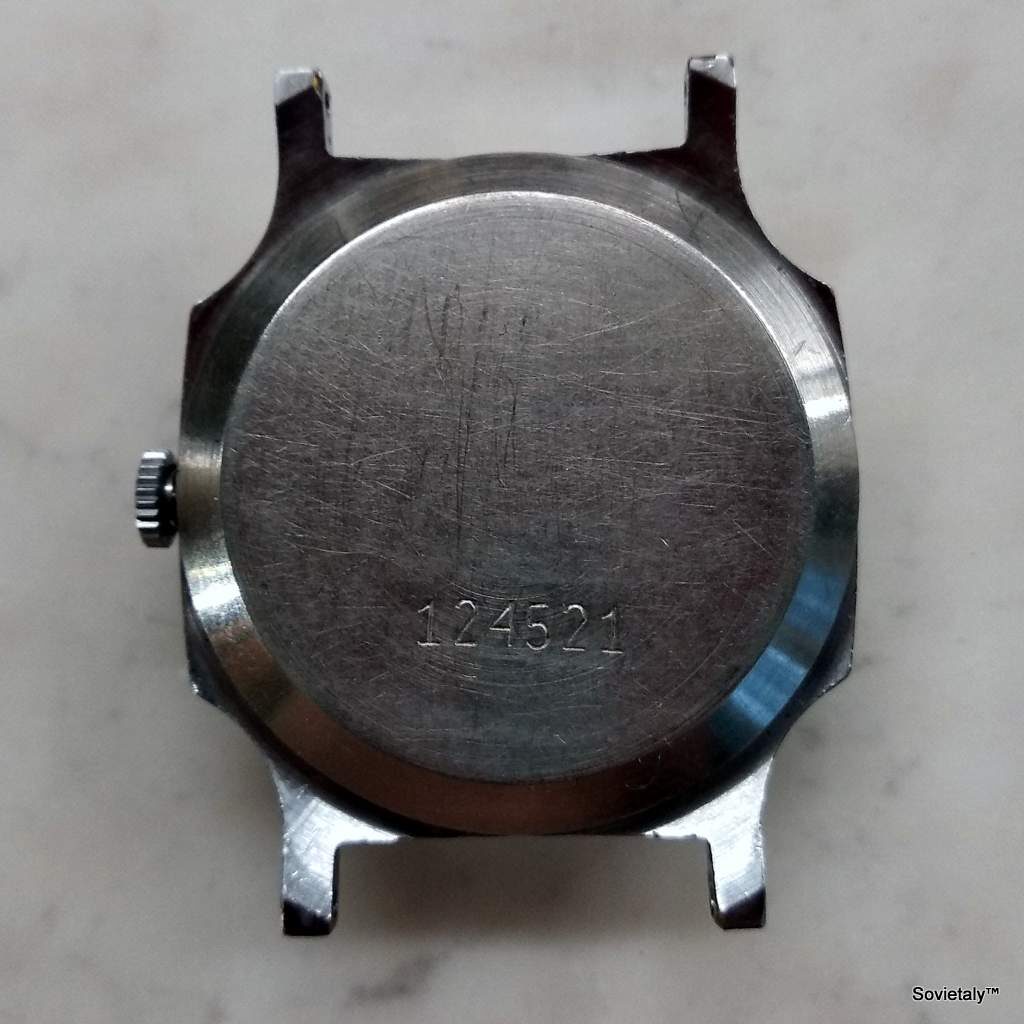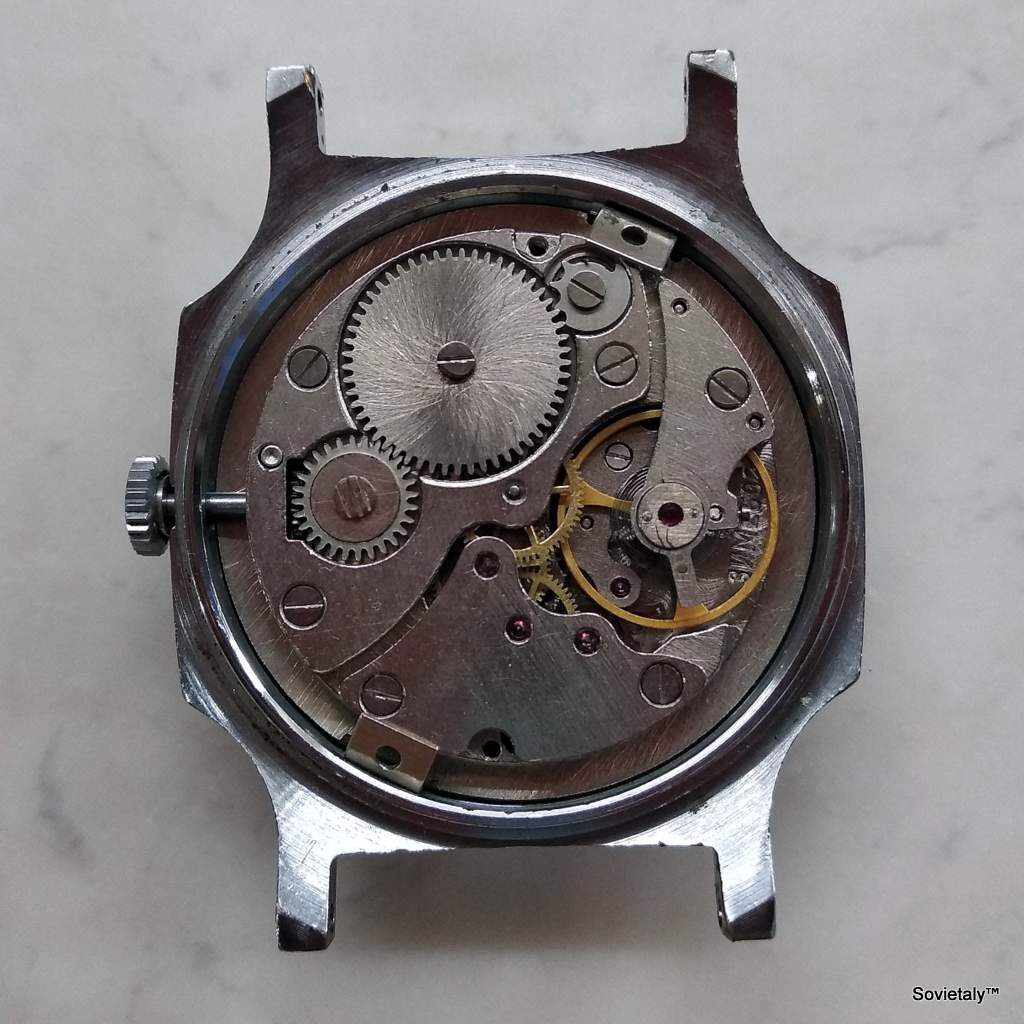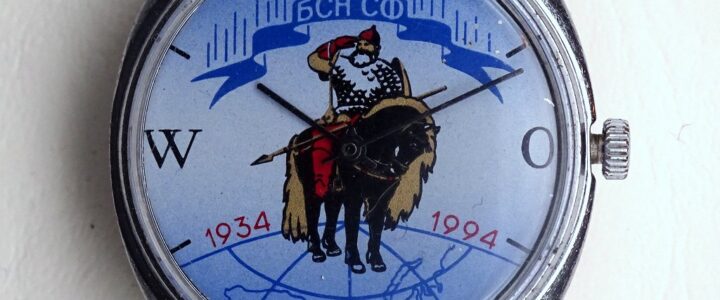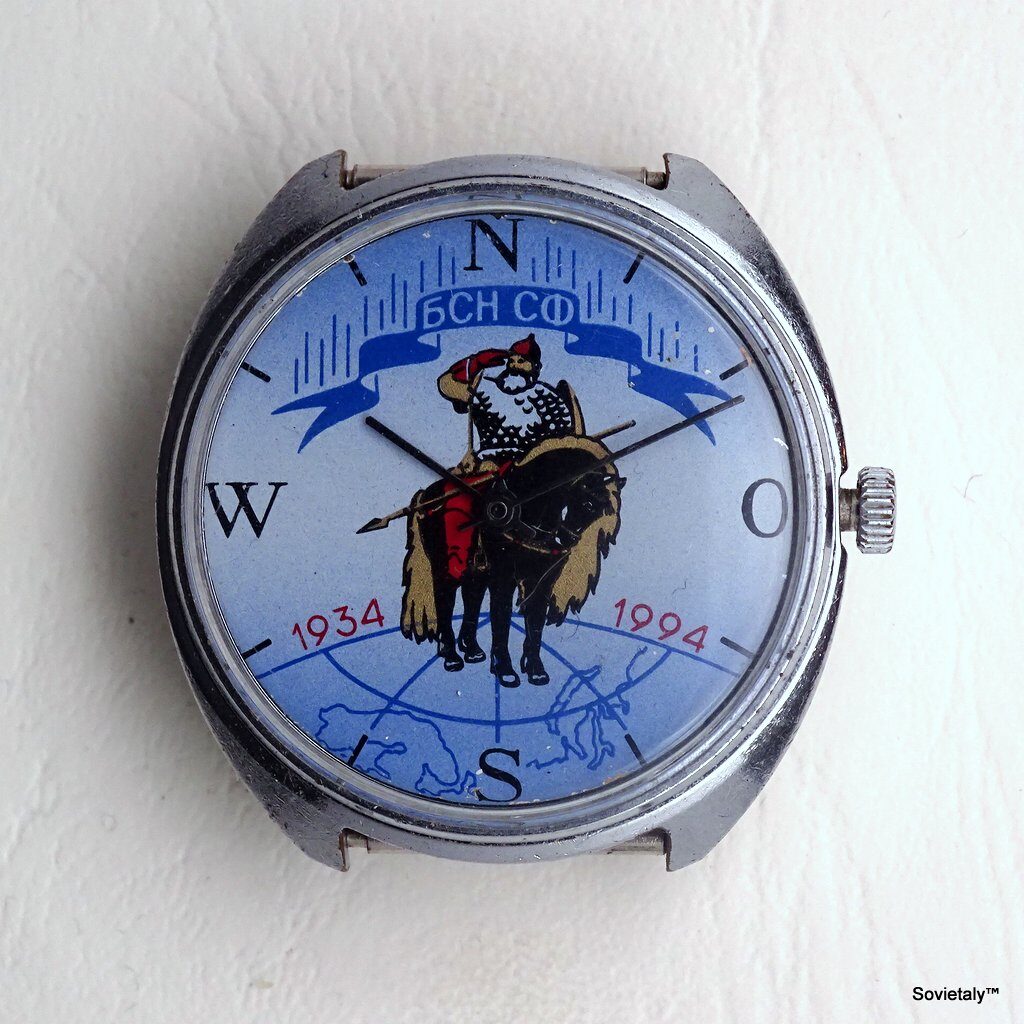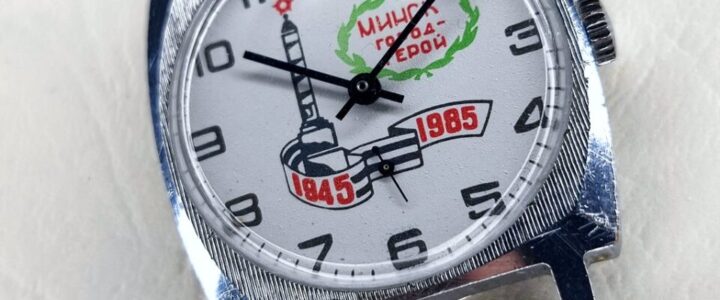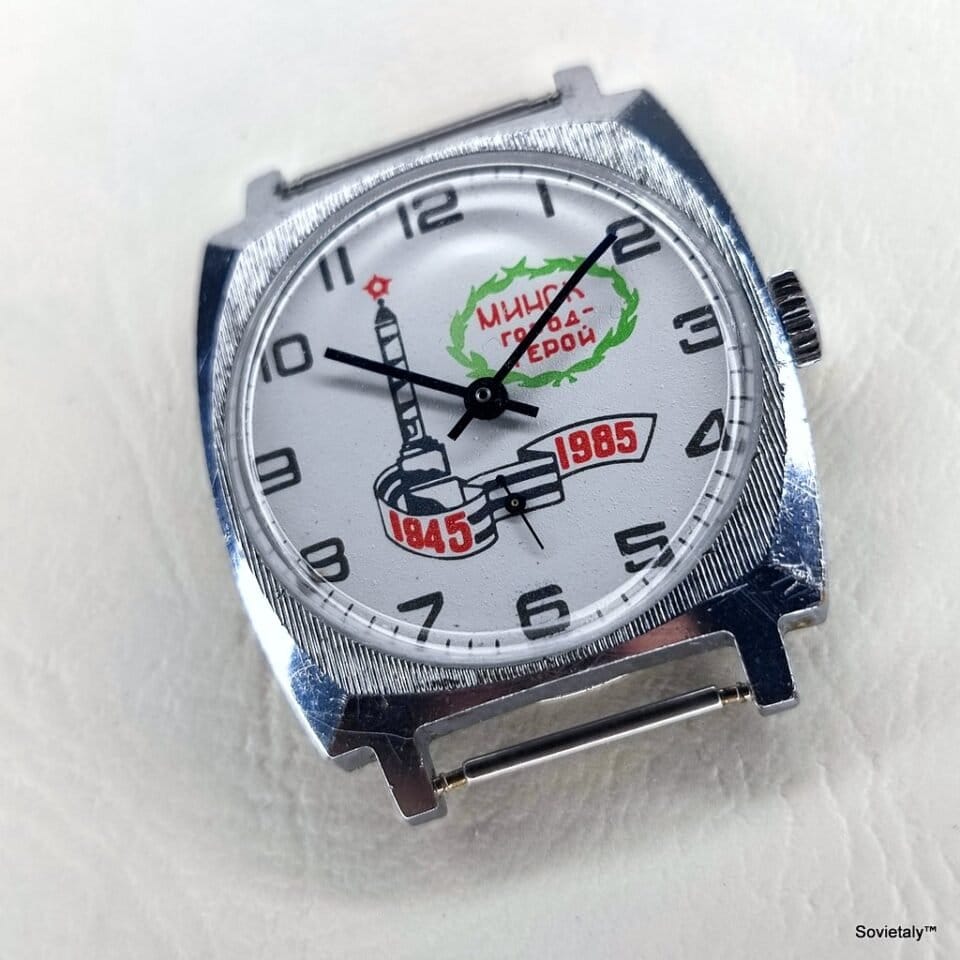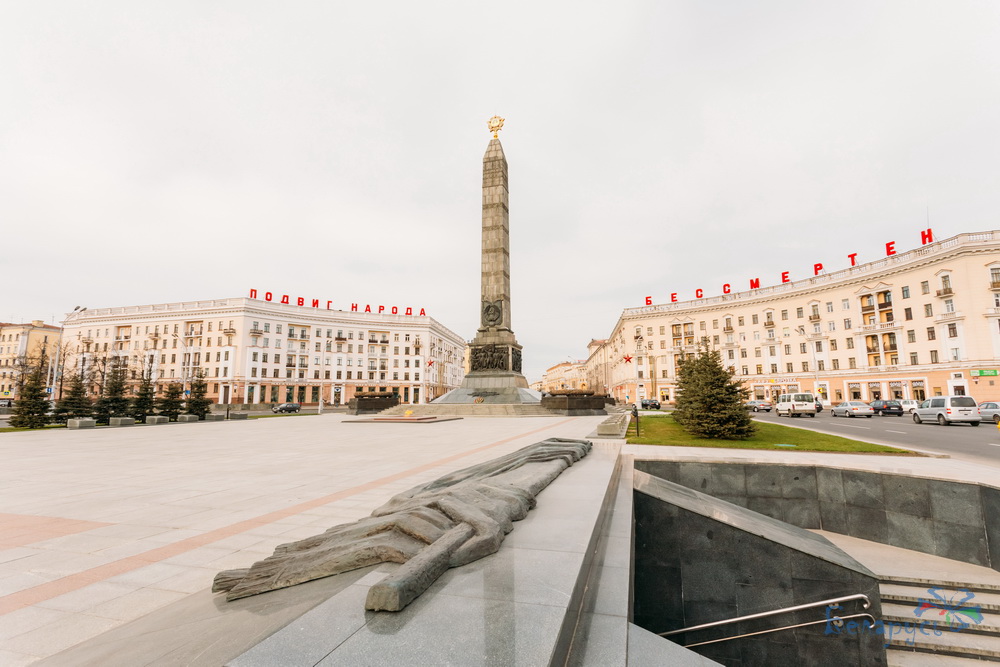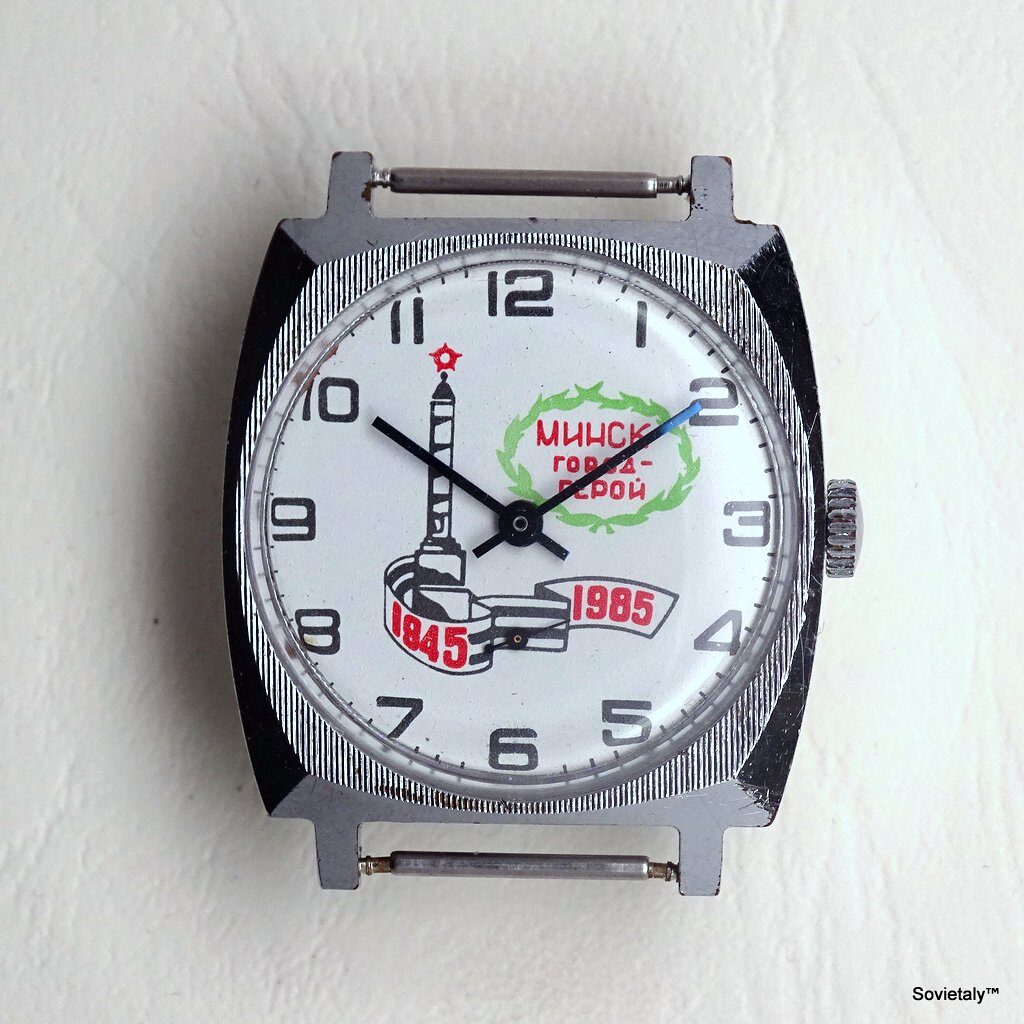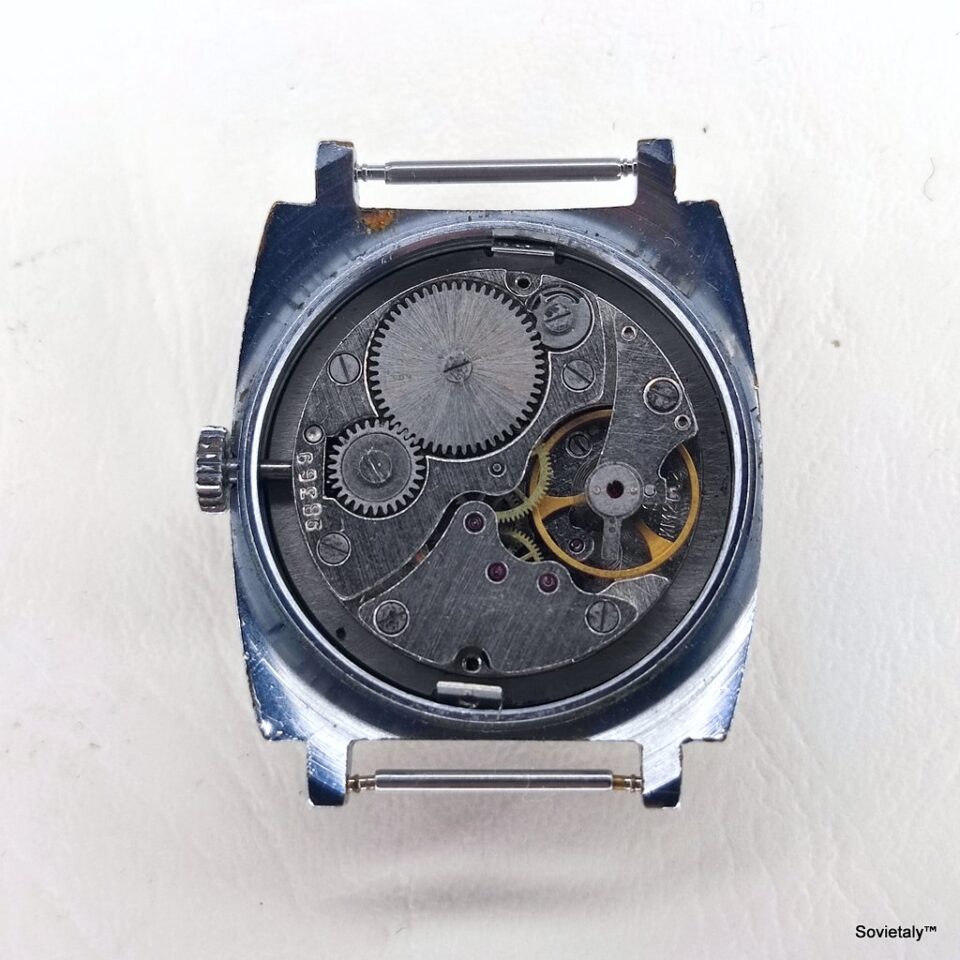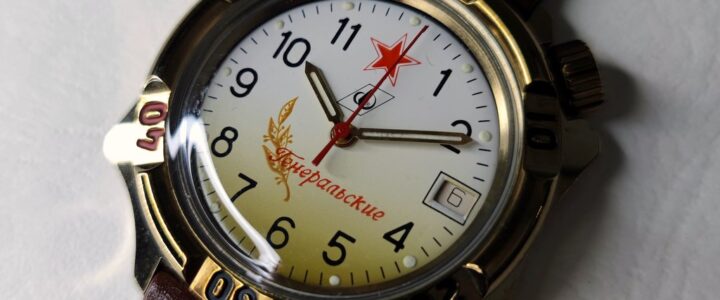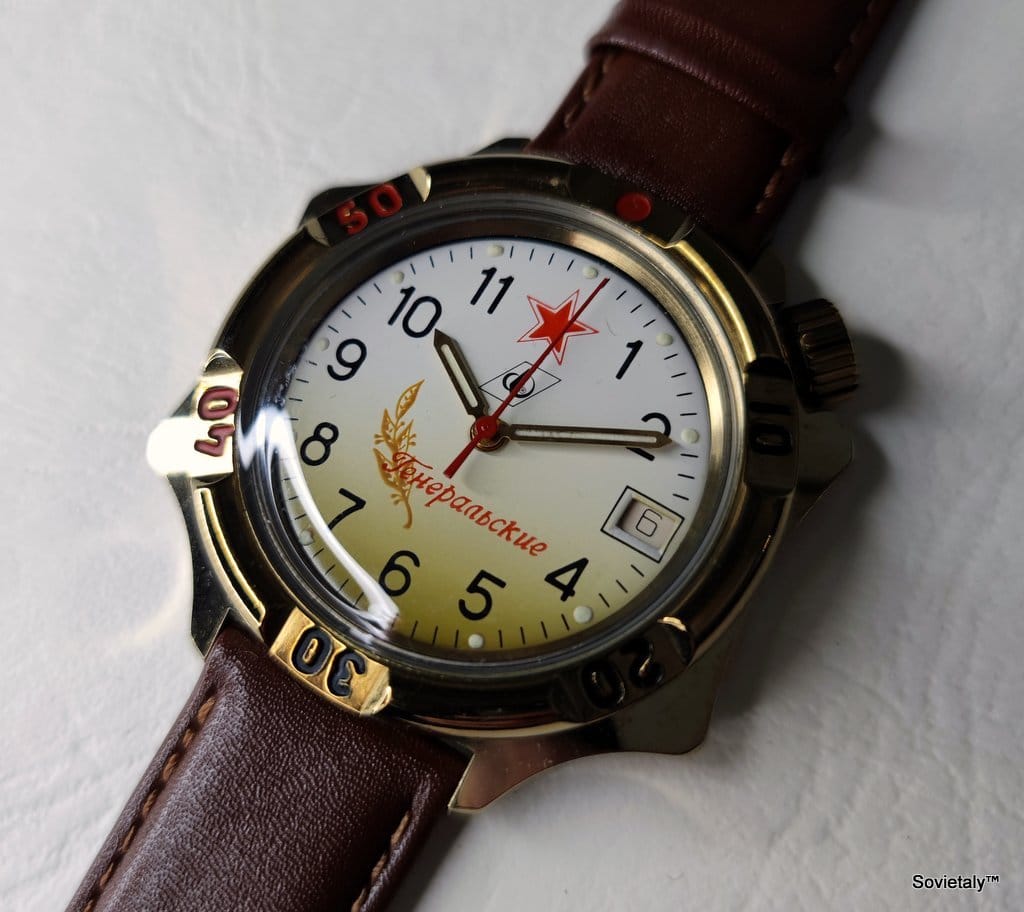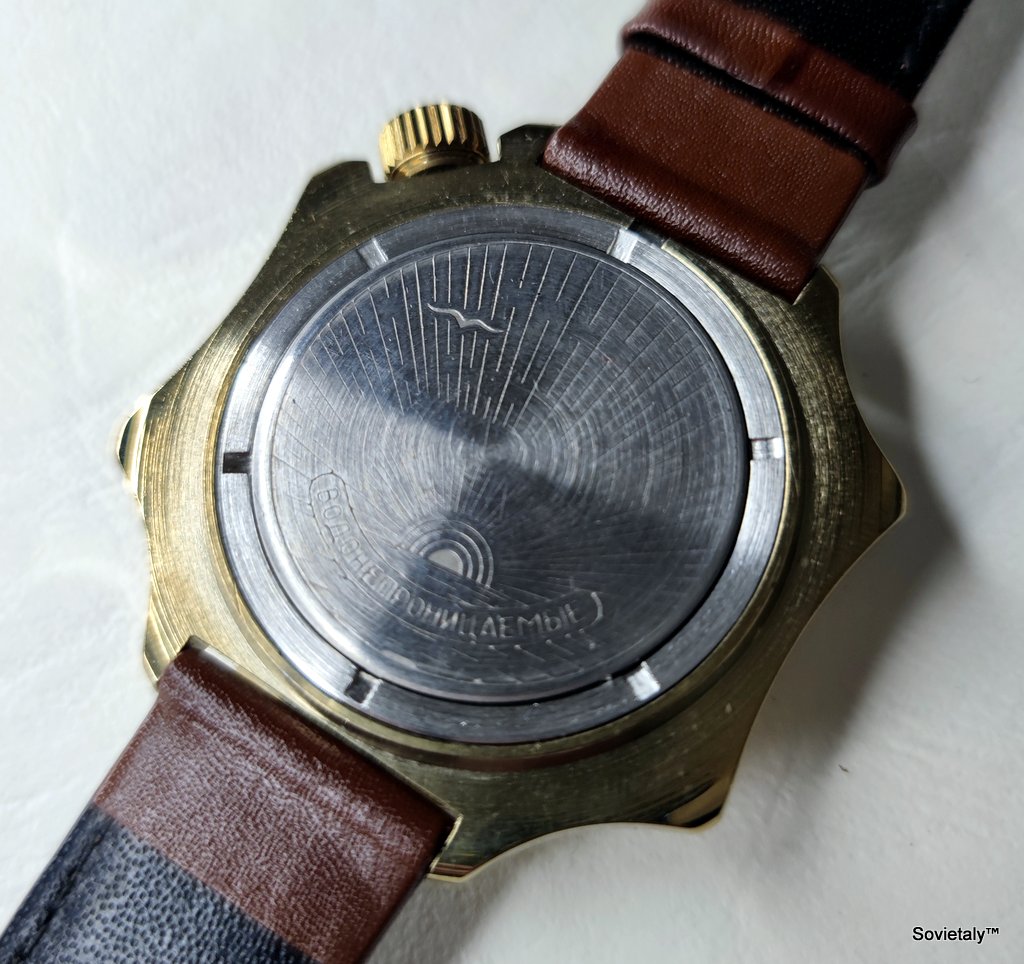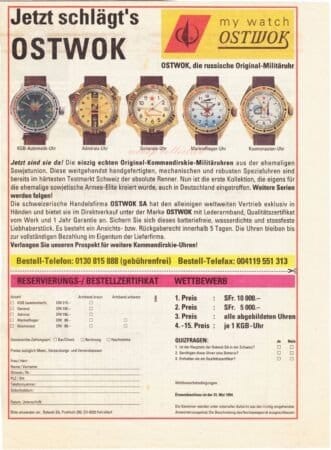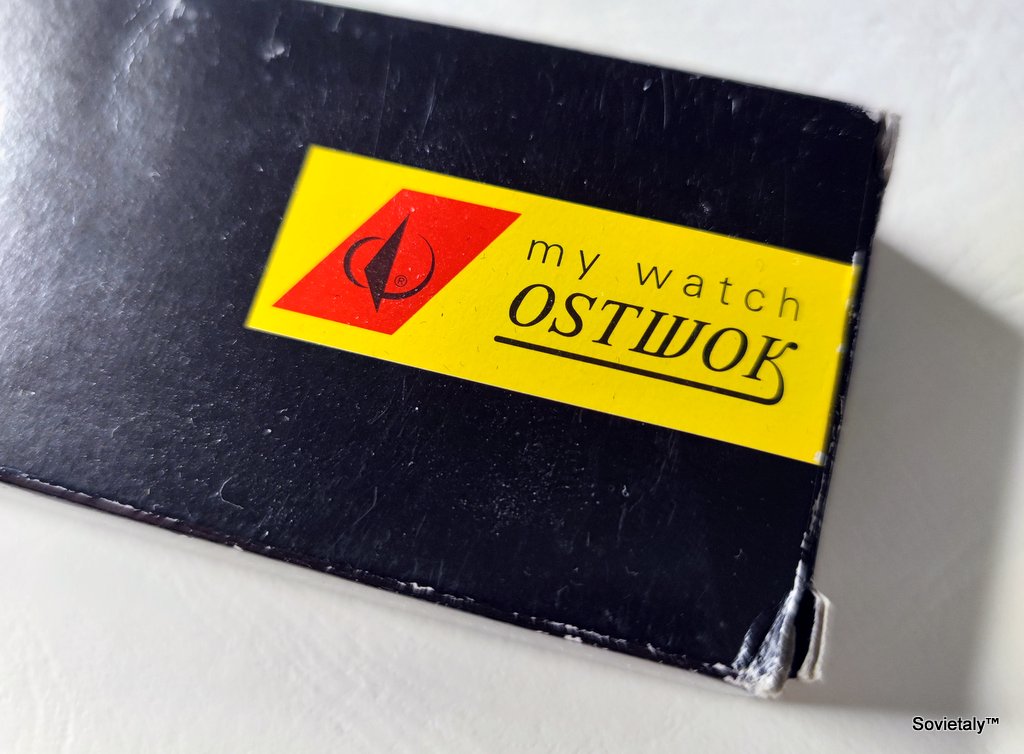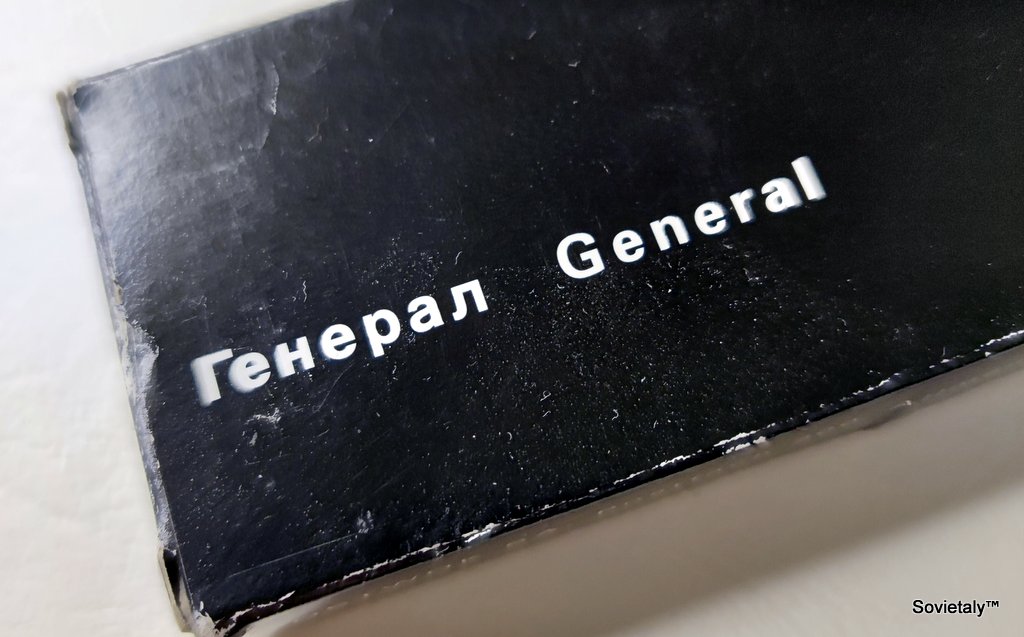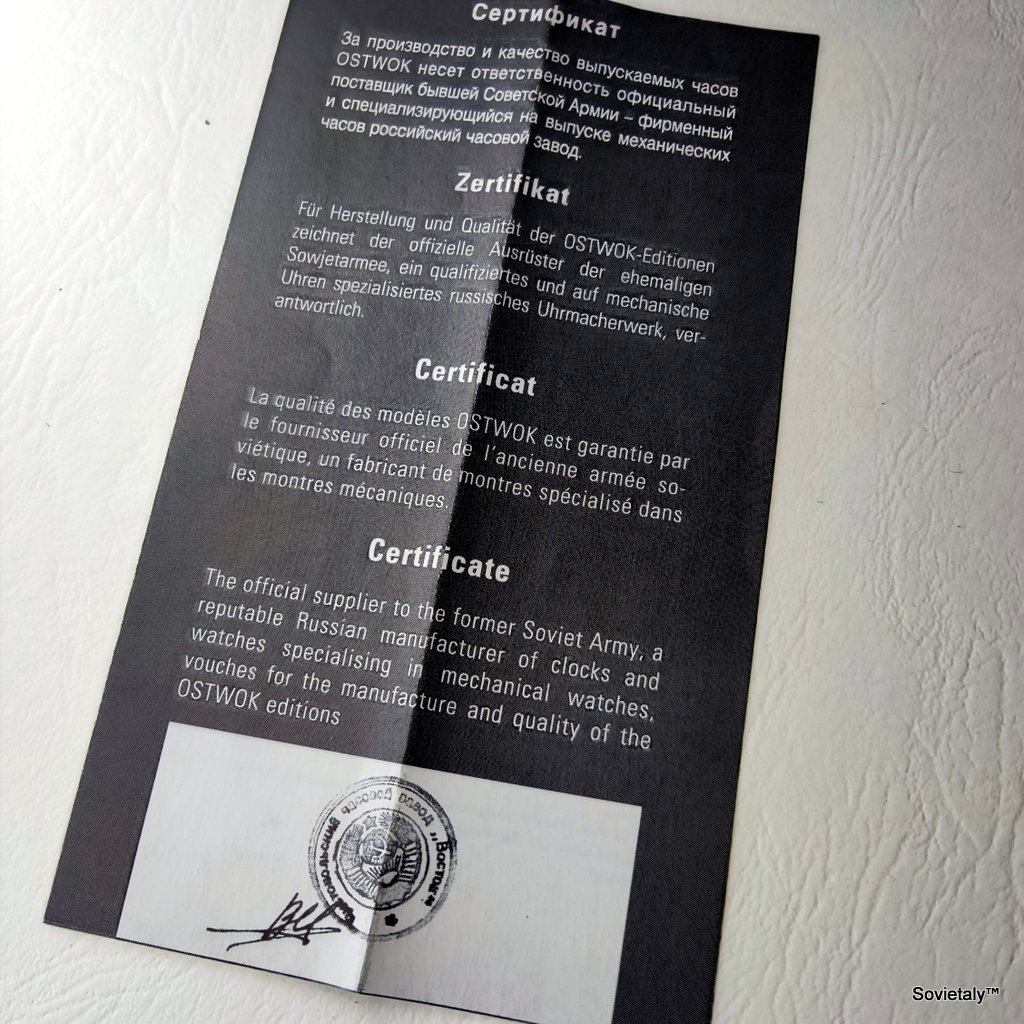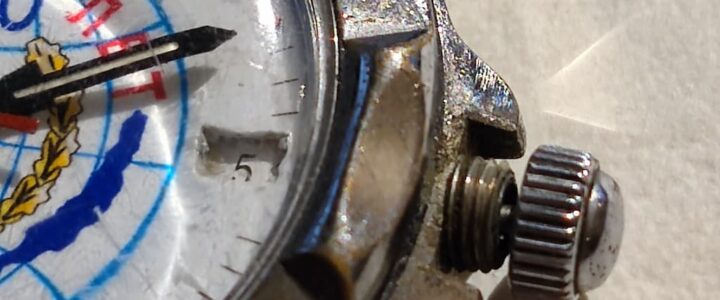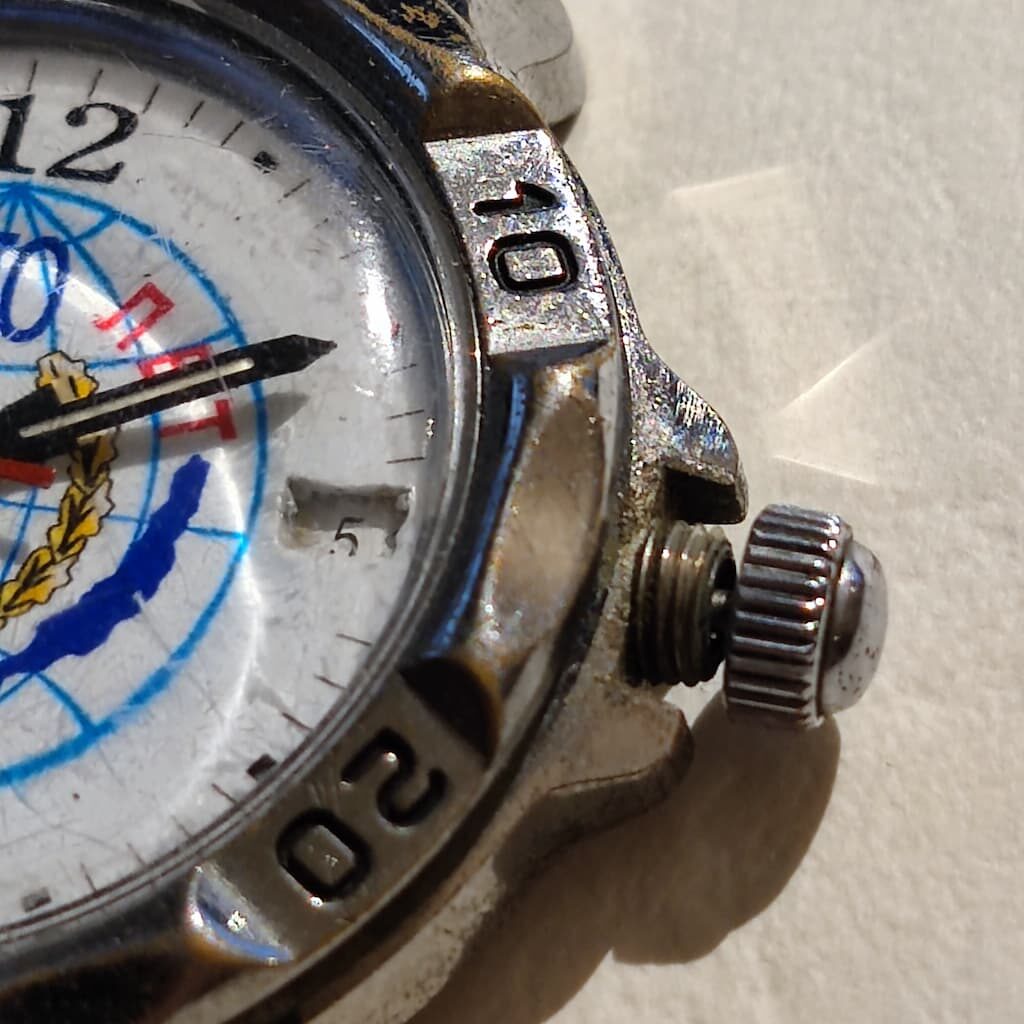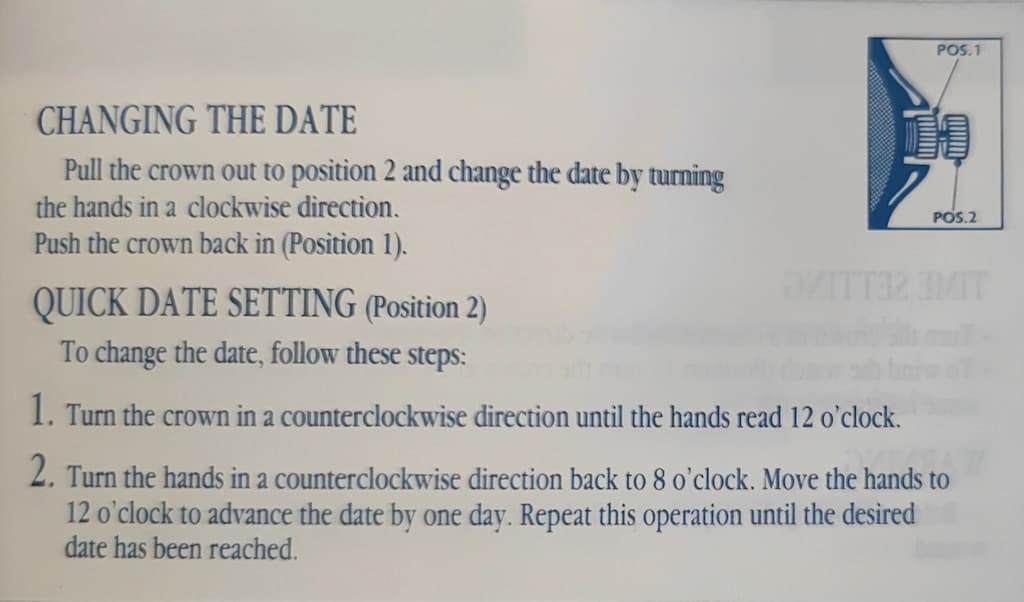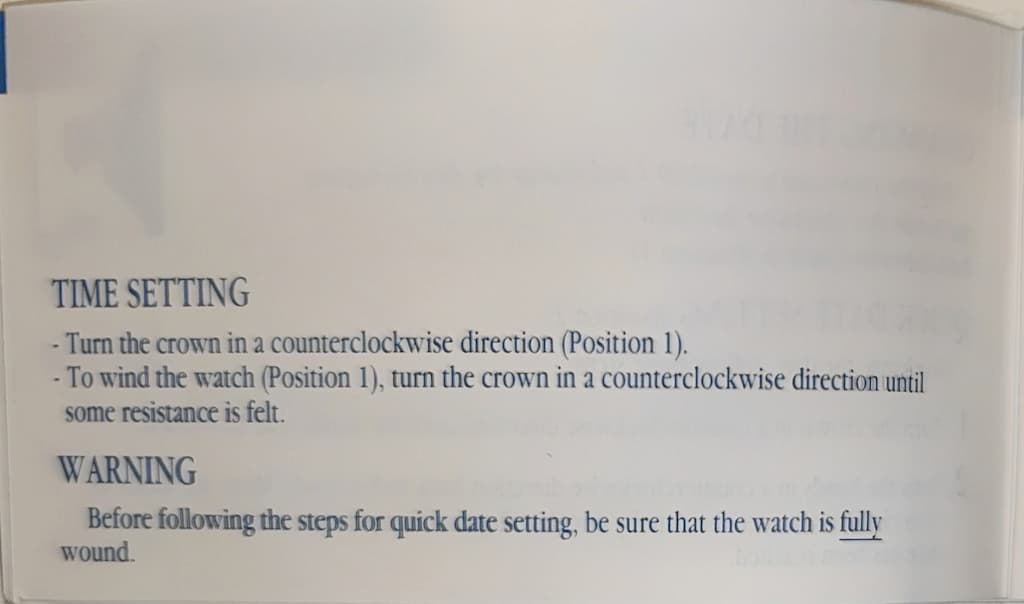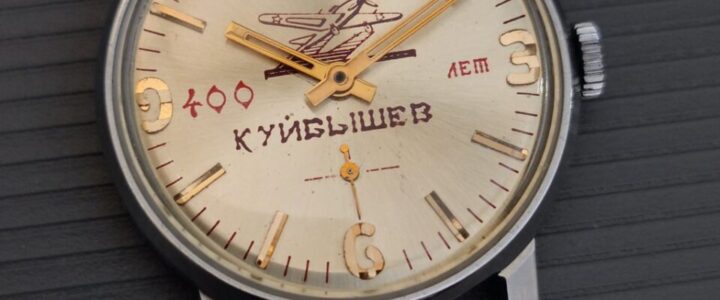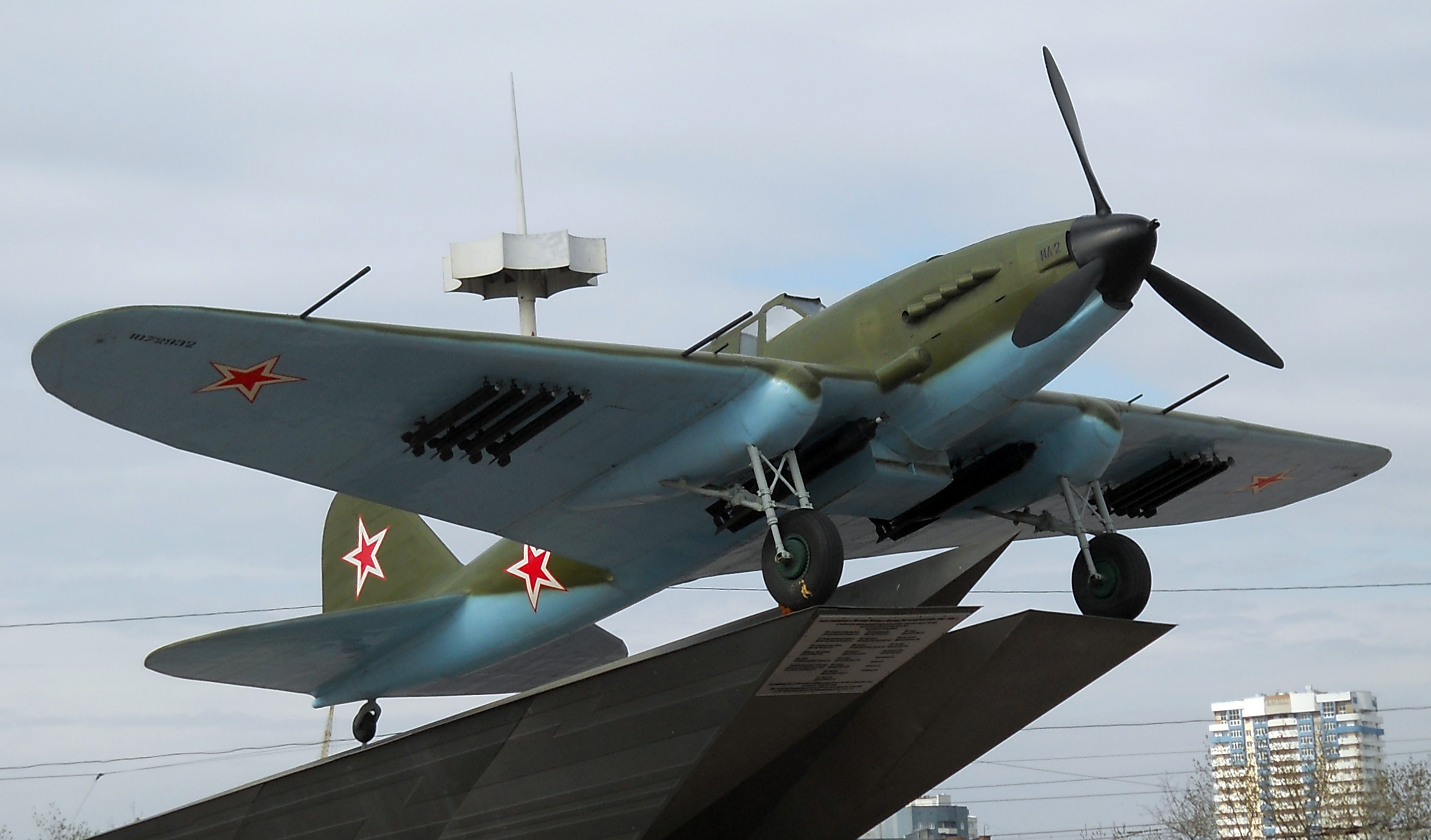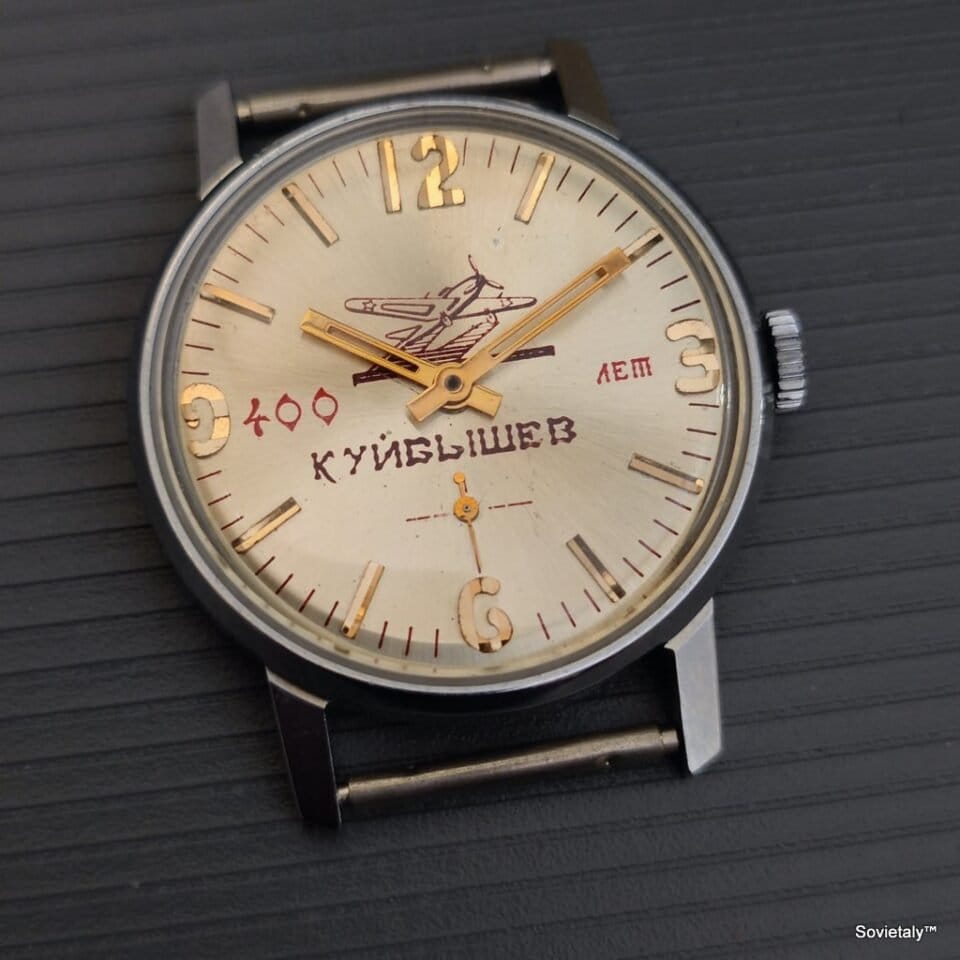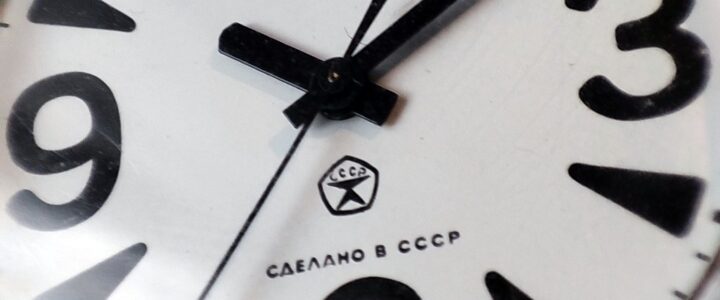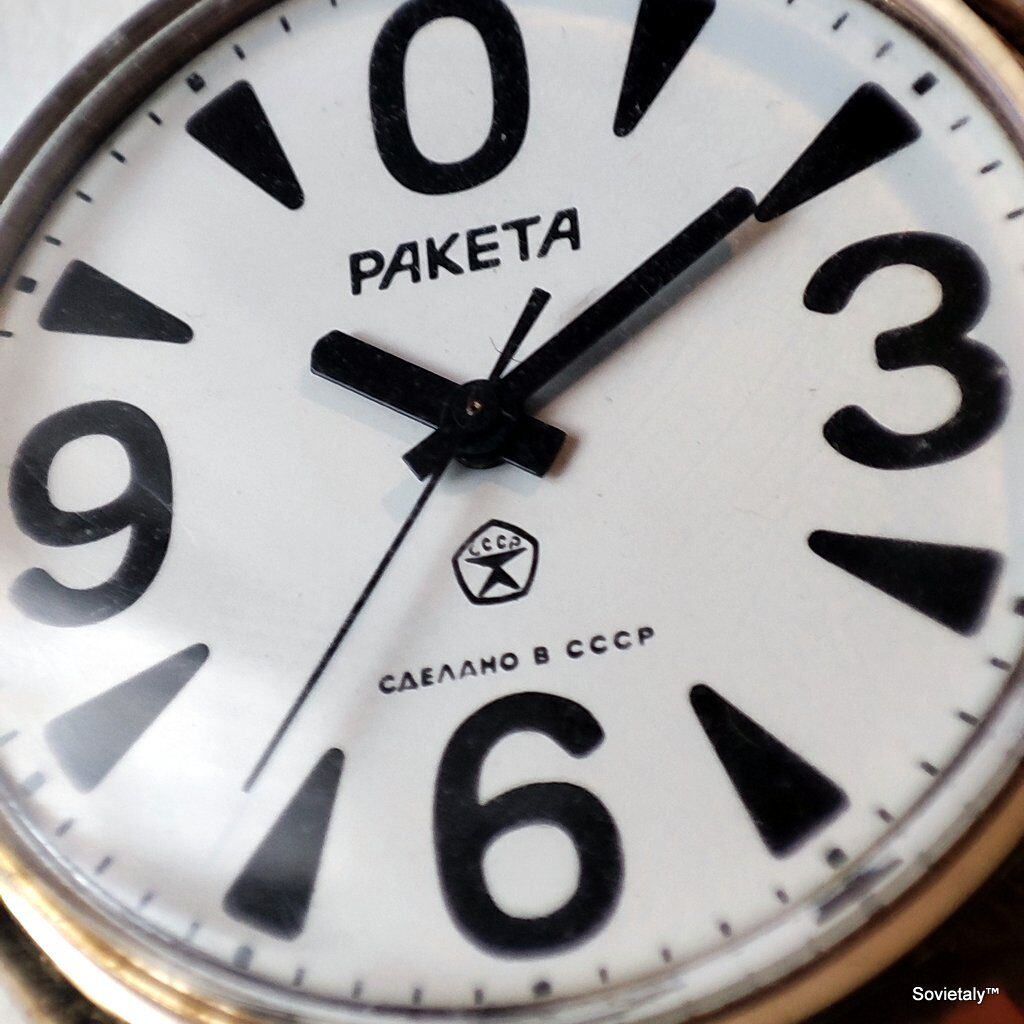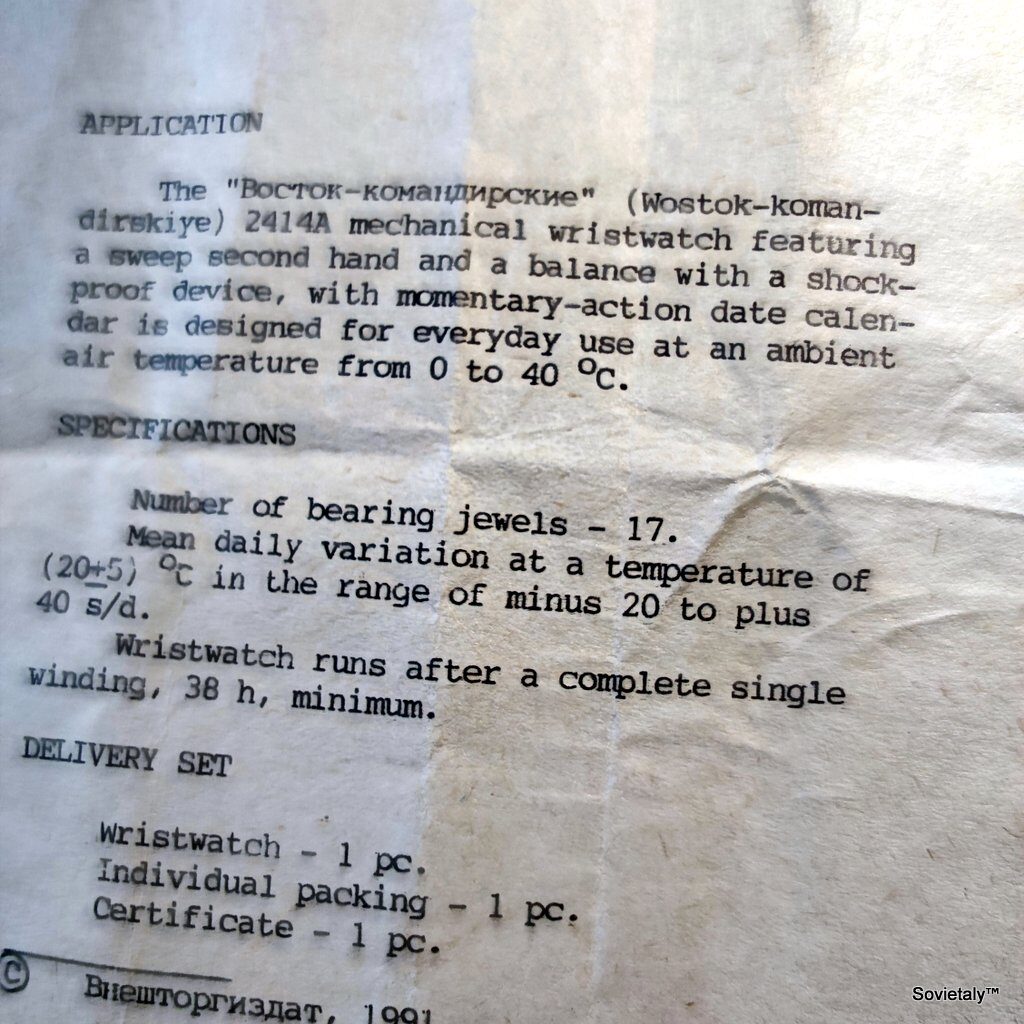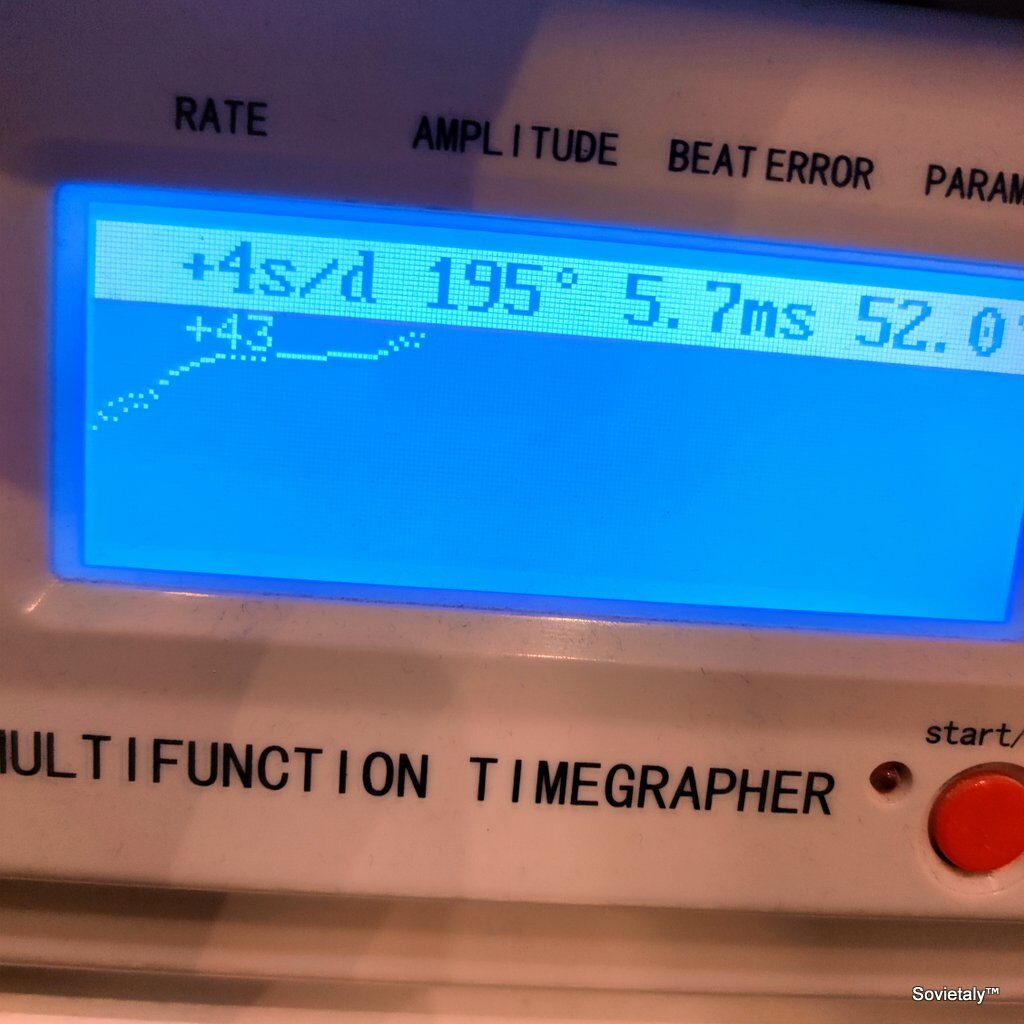What is the accuracy of Russian watches? This is one of the most frequent questions I am asked by Russian and Soviet watchmaking enthusiasts.
In forums, in Facebook groups, such as “Russian watches that passion”, or directly by message, I am often asked for opinions about it.
The argument is clearly broad and it is difficult to give a correct answer. What I usually say is, “It depends on what you mean by precision…”
We begin by debunking some myths about the precision of mechanical watches, or rather the calibres of watches, by going to the country of watchmaking by definition, Switzerland.
The C.O.S.C.
The Swiss body responsible for verifying the accuracy of calibres is the C.O.S.C. (Controle Officiel Suisse des Chronomètres) and is certainly the best known and the most nominated by watch enthusiasts.
It has existed since 1973 and certifies the quality of the calibres when they leave the laboratories of analysis. So be careful, from the analysis laboratories and not from the production cycle of the watch.
As for the accuracy, it must be considered that the movement must have a daily average deviation between -4 and +6 seconds.
The movements are controlled at temperatures of 8, 23 and 38 degrees celsius, with tolerances of +/-1 degree and in different positions for 15 days. If the tests are passed a certificate is issued.
As you can see so we are talking about average discards of a few seconds a day. Often in the common imagination, we imagine precisions much higher and close to absolute precision.
Reducing those few seconds of average deviation and therefore surpassing the “simple” chronometer certification requires a very high design and construction effort and very few calibres succeed.
The Soviet quality mark GOST
Returning to the accuracy of Russian watches we begin by saying that even in the Soviet Union there was a mark of quality of industrial products, including watches, called “ГOСT” (GOST), an acronym that derives from the Russian words Государсвенный Станнадаррр (State Standard).
Born in 1967 on the official decision of the government of Brezhnev, the goal was to improve the products made in the Soviet Union. It had a duration of three years and the penalties in case of affixing the mark without an effective valid certification were very severe.
The brand is found in watches often on the dial or imprinted on the case back. There are, however, examples where the mark was affixed to the label or outer packaging.
In hindsight, experts say that one of the main defects of the GOST brand was to certify the product and not the production process. Certifying the production process tends to guarantee a better result at the exit and therefore allows you to be more sure of the goodness of the final result.
How accurate are Russian and Soviet watches
But then, after all this information, how accurate are Russian clocks?
Compared to a Swiss chronometer, not much. The range from -20 to +40 seconds per day at a temperature of 20μ (+/- 5 μa) is typical, for example, of a Vostok 2414A caliber.
The measurements are also shown on the passport that accompanied the watch at the time of sale.
As you can see then a range that is very different from the parameters of the C.O.S.C.
In certain cases, however, the precision of Russian watches is also the result of a series of fortuitous circumstances. Individual clocks are often very accurate.
Far be it from me to lump everything together, the criteria of production and quality differed greatly, depending on the factories and the period of production. The individual calibres are also in some cases more accurate than others.
We also consider that Russian and Soviet watches were forced to ensure levels of strength and longevity of all respect. Ten years was the necessary time indicated on the passport before a review.
Most of the watches that arrive in our collections, at least I speak for mine, have in many cases been reworked, assembled, repaired. Except in very rare cases, they do not give evidence of periodic checks or revisions.
The vast majority of Russian watches in my collection march with the stated discard despite never having seen an overhaul or watchmaker.
Personal conclusions about how accurate are russian watches.
In everyday life when I want to know the time automatically I look at the phone and only in rare cases the watch. So I would say, with all the technology around us, the main function of clocking today, it’s outdated. Even when you wear a very precise watch on your wrist, such as a chronometer, we can consider it more, almost as a sign of prestige rather than actual utility
My great-grandfather, who grew up in the country, based his day on church bells ringing because he couldn’t afford a wristwatch. For a long time, the concept of precision has been much, much more labile than today.
Nevertheless, it is always a good rule to check the correct functioning of the watch when making a purchase and verify that in the various descriptions it is not indicated as not working. I personally take it for granted that a used watch is not very accurate and for this reason, I bought a chronocomparator and over time I learned to adjust the calibre to try to optimize it as much as possible.
Importante sì quindi ma con il dovuto distacco.



